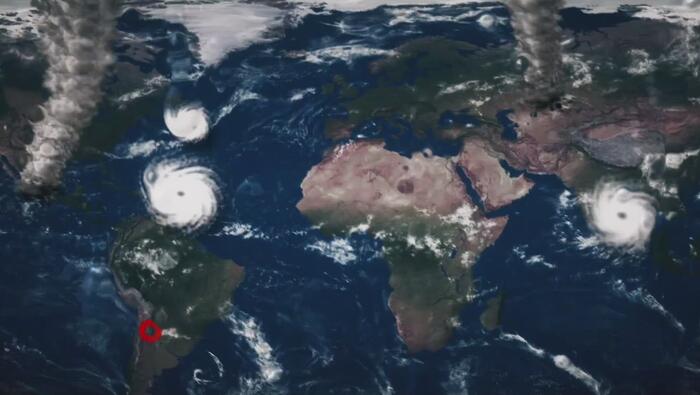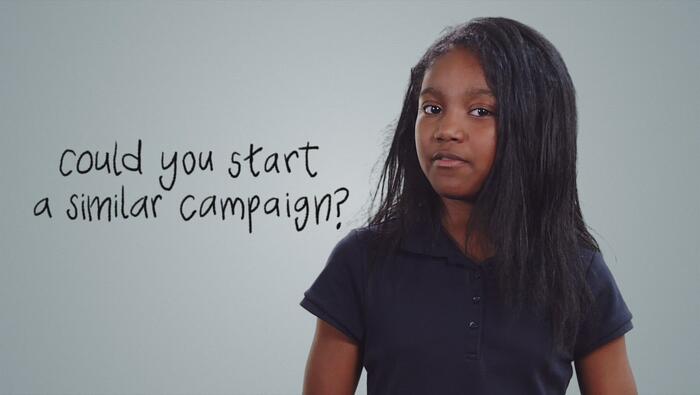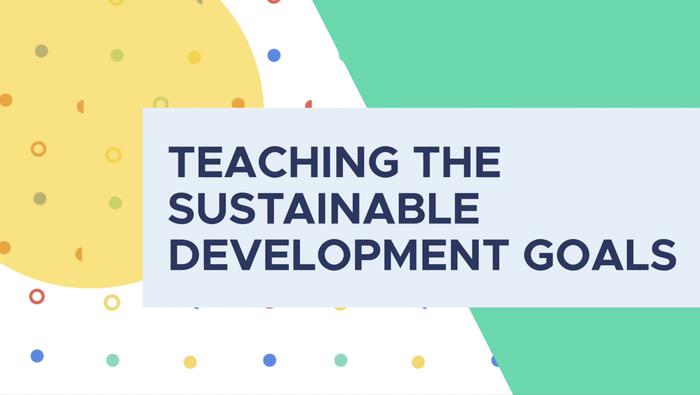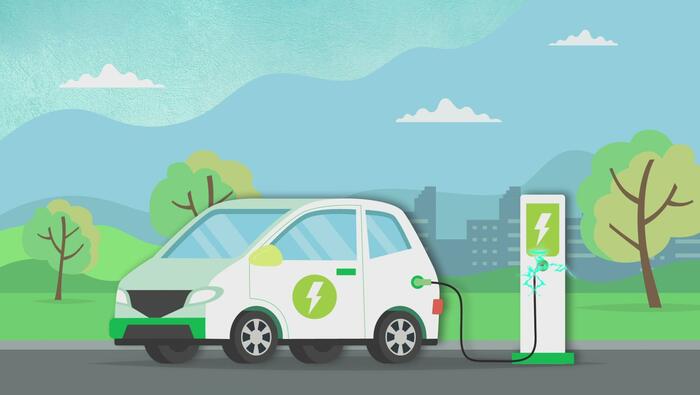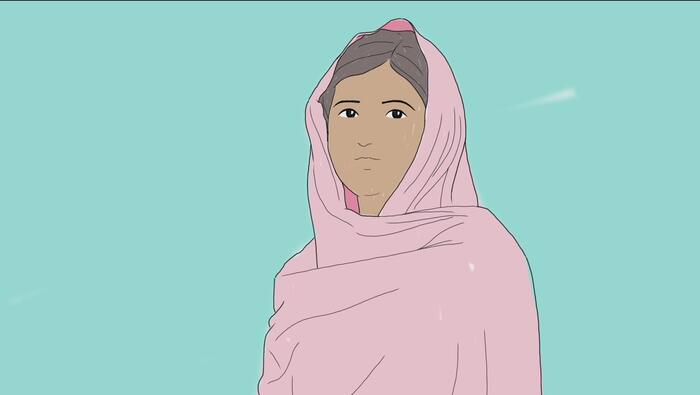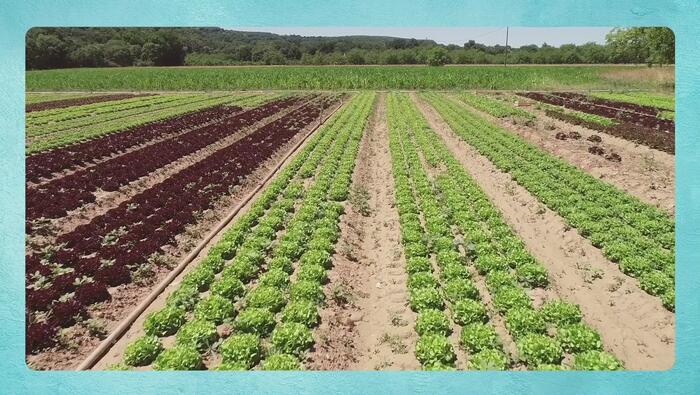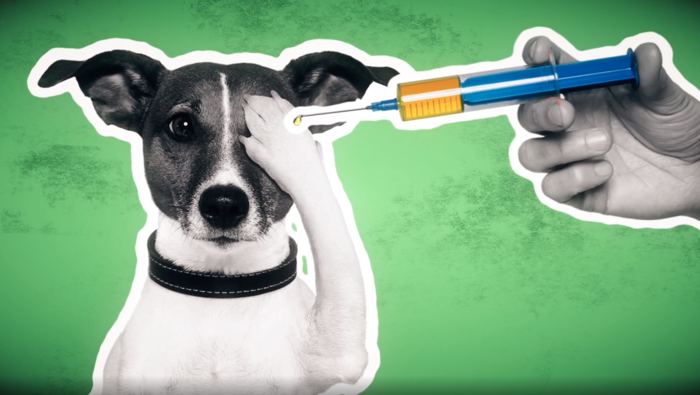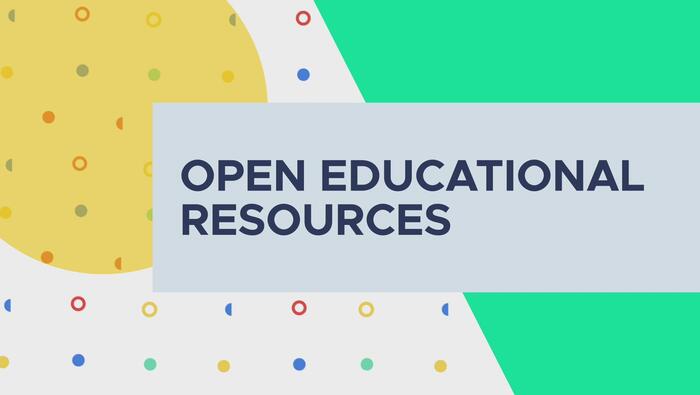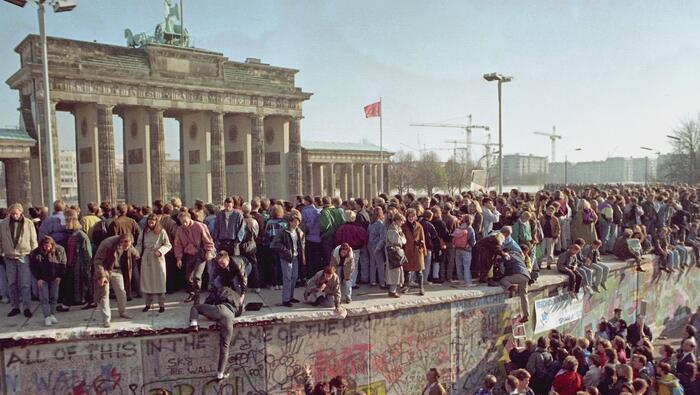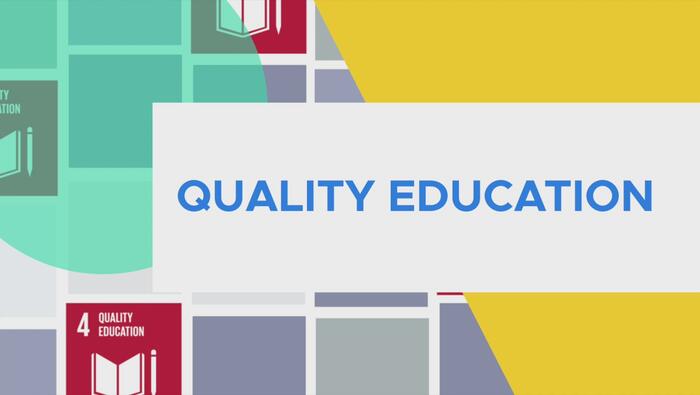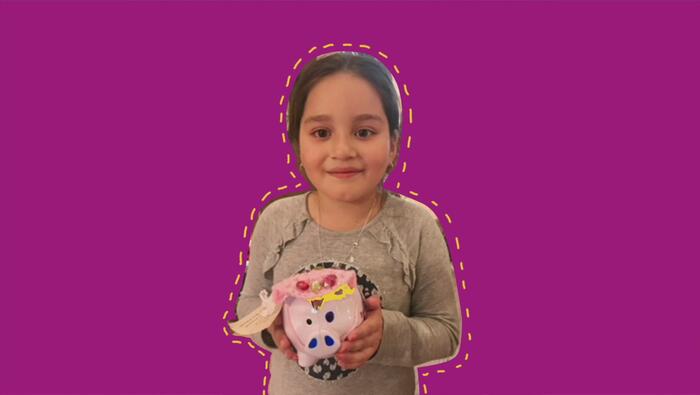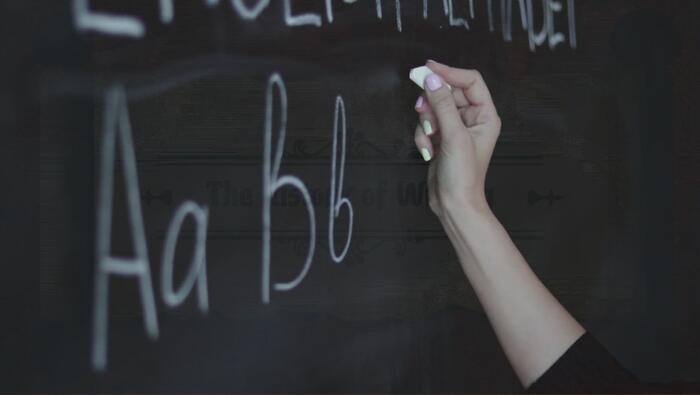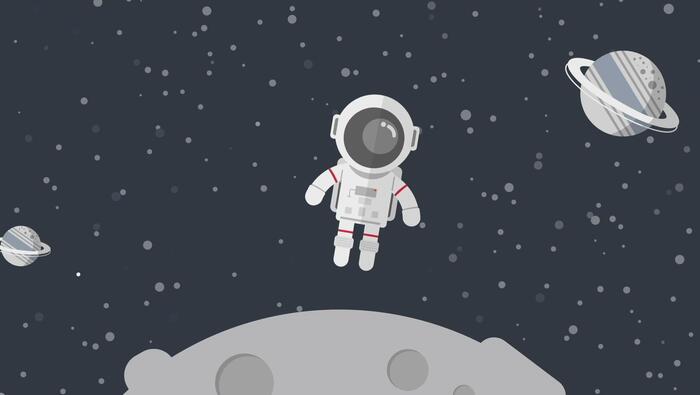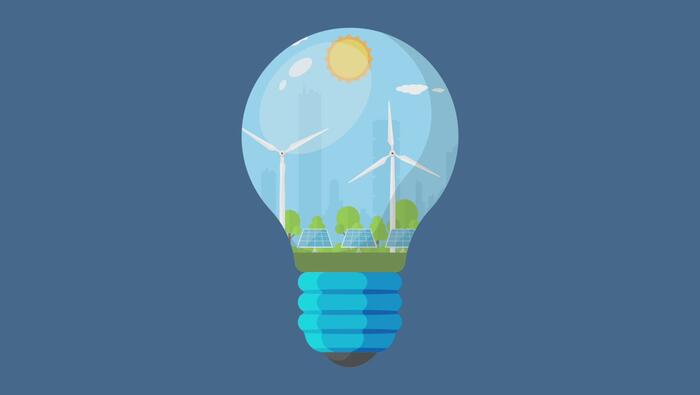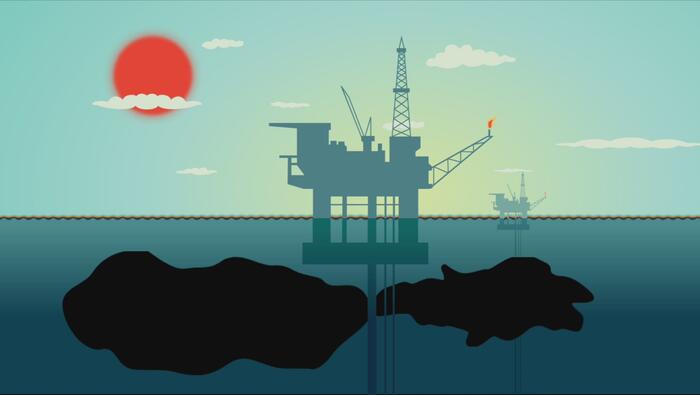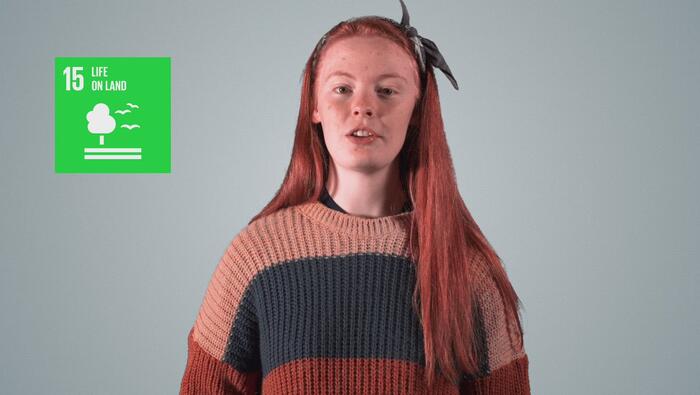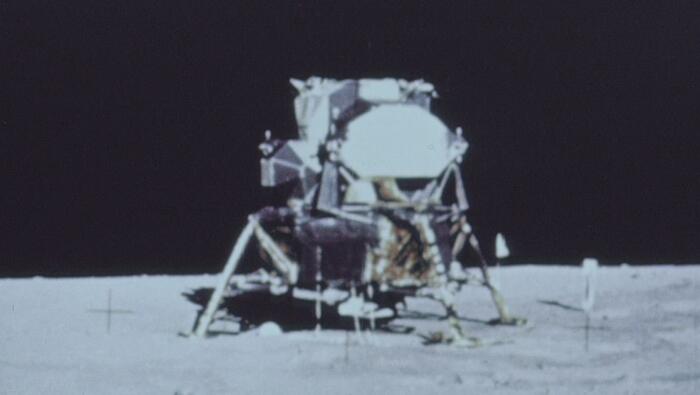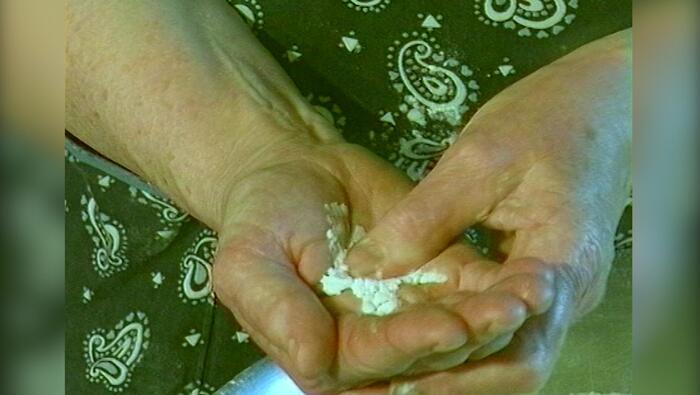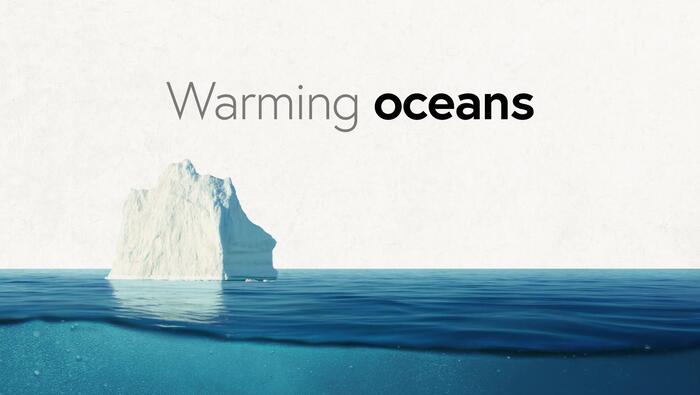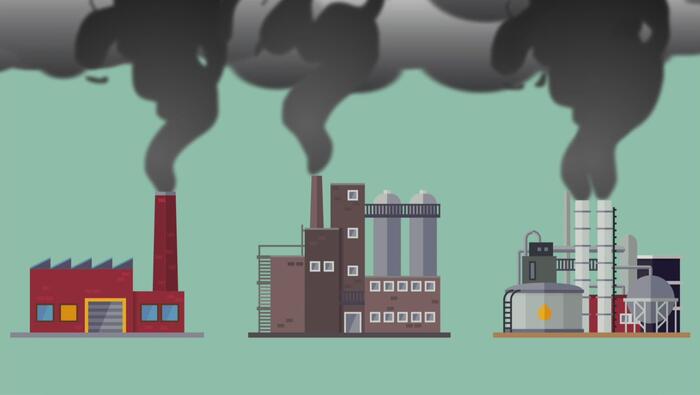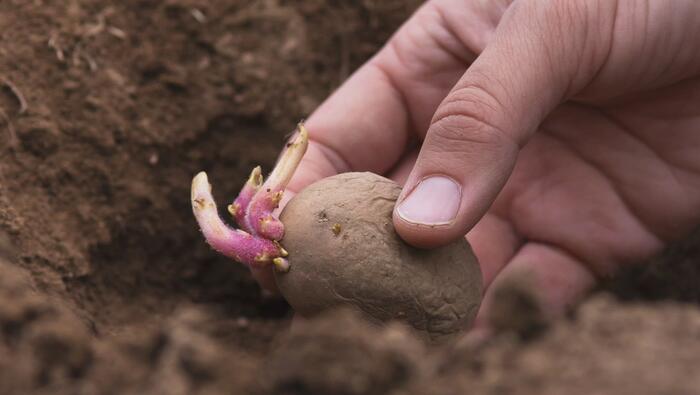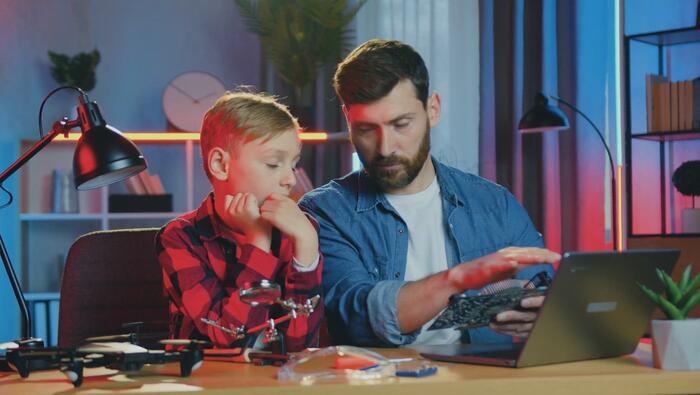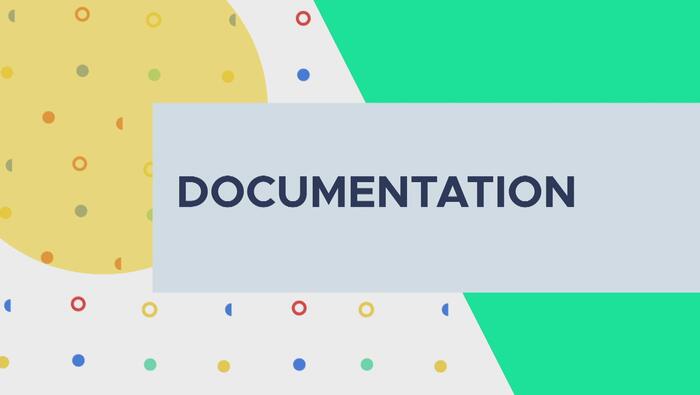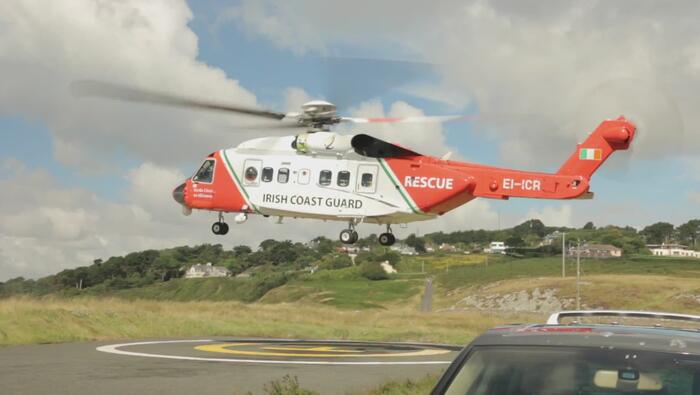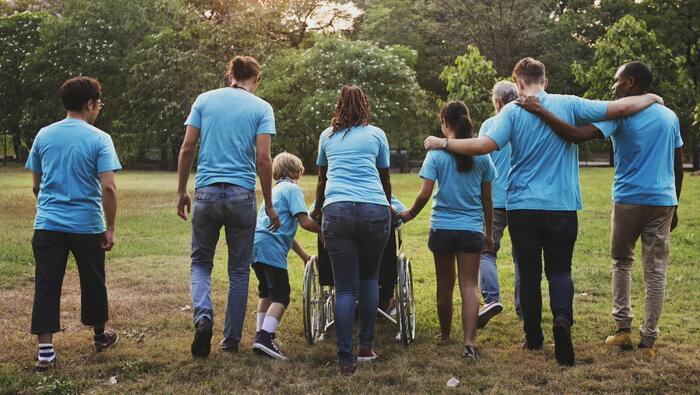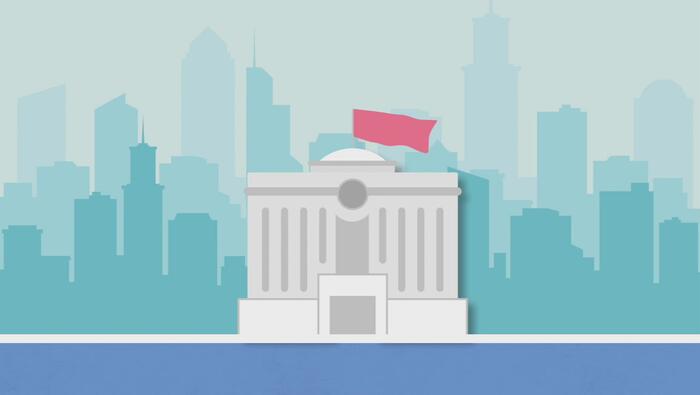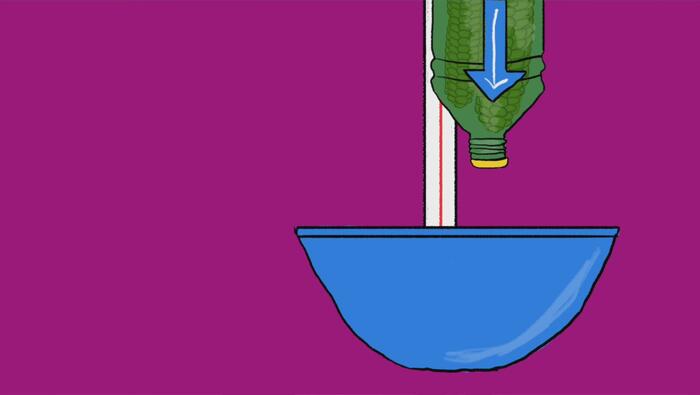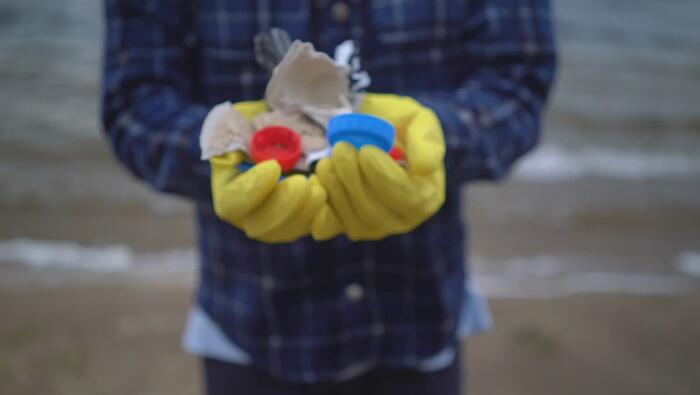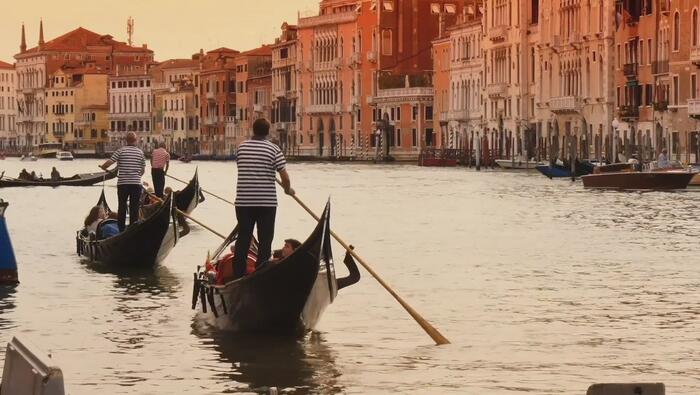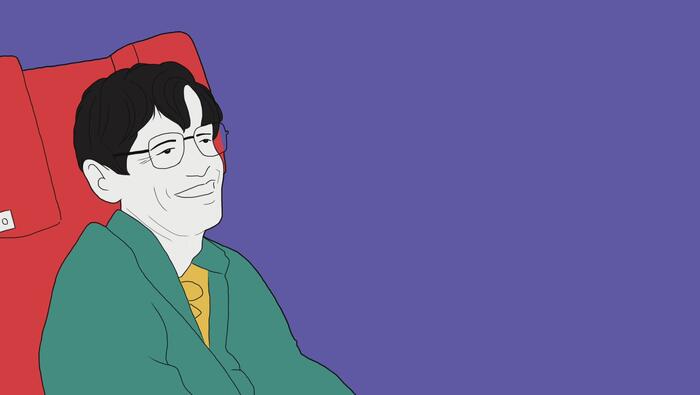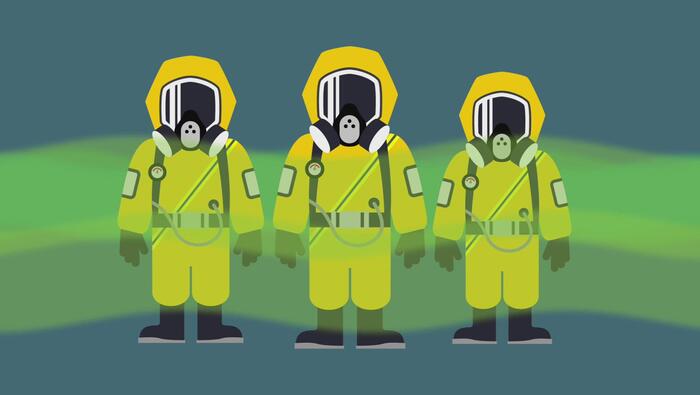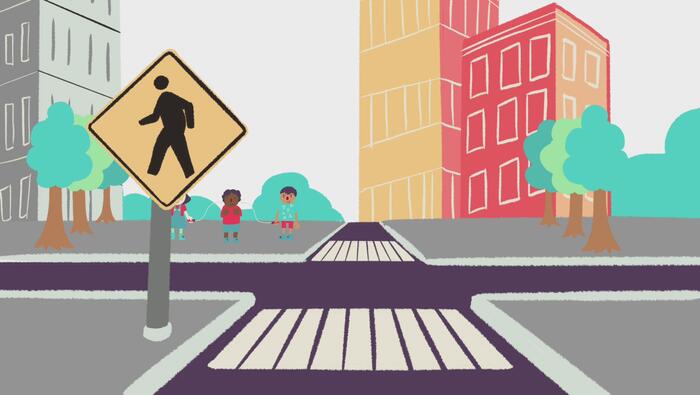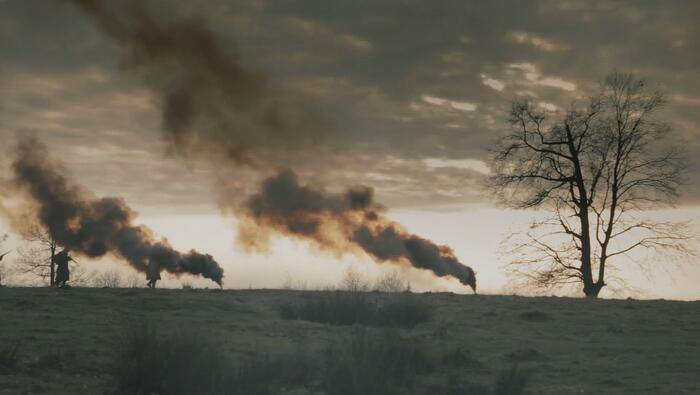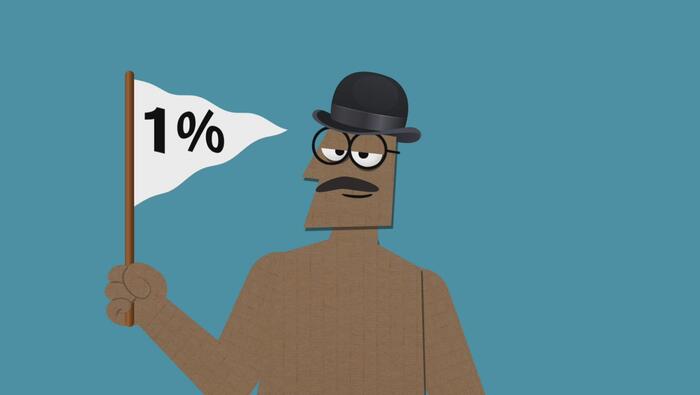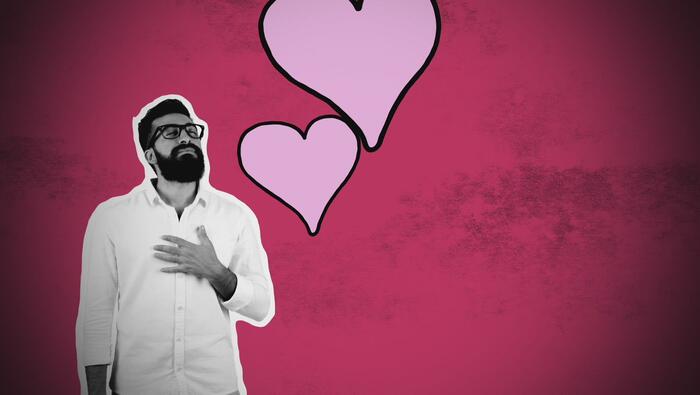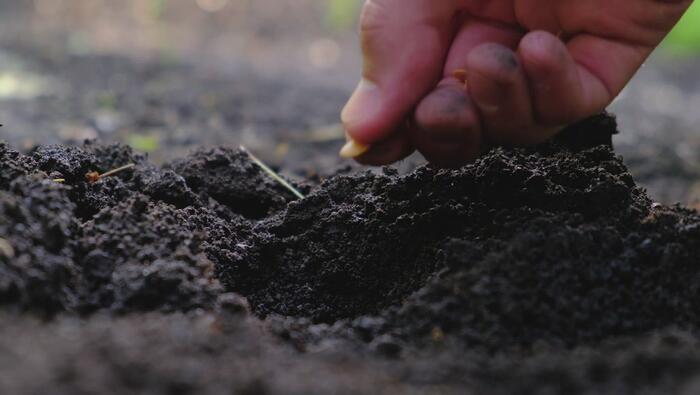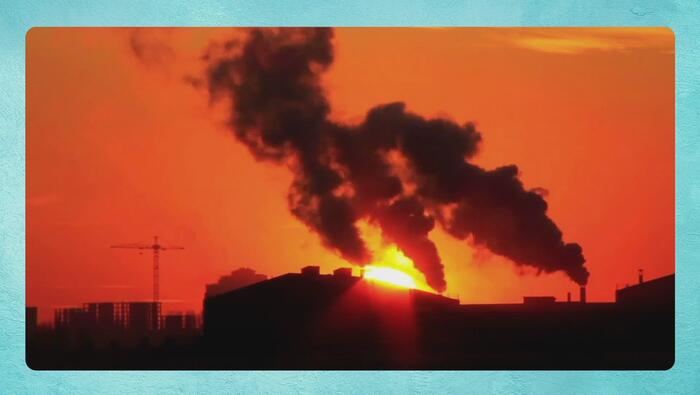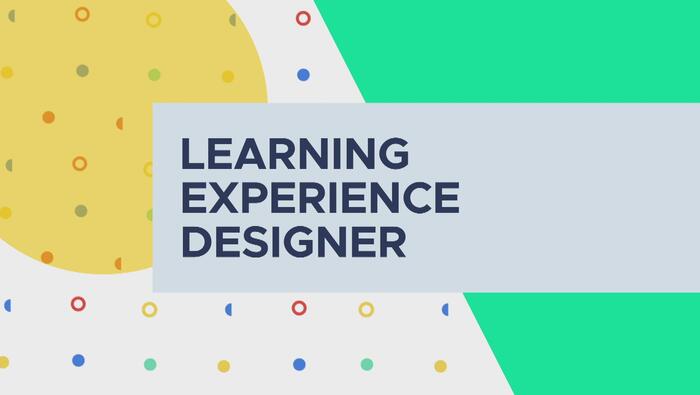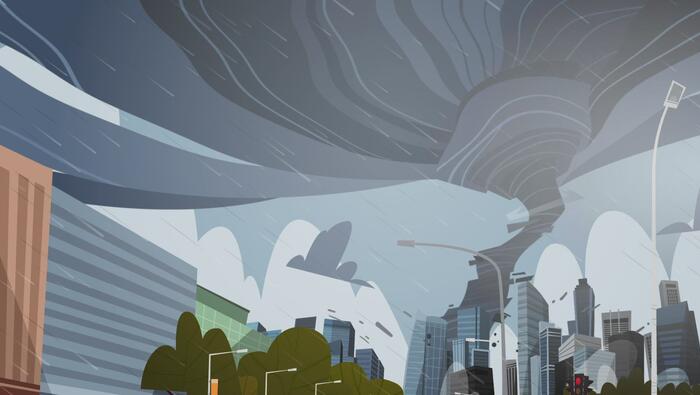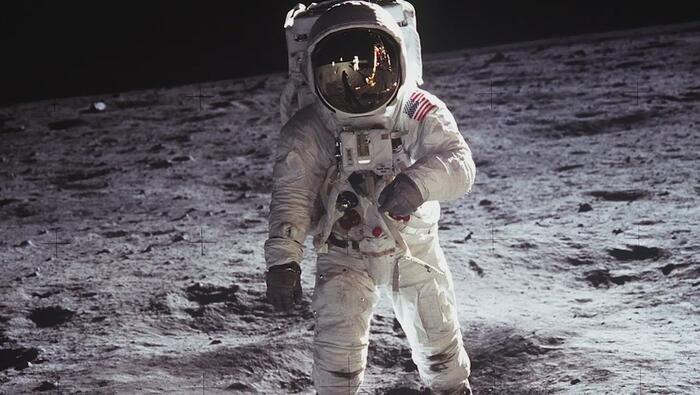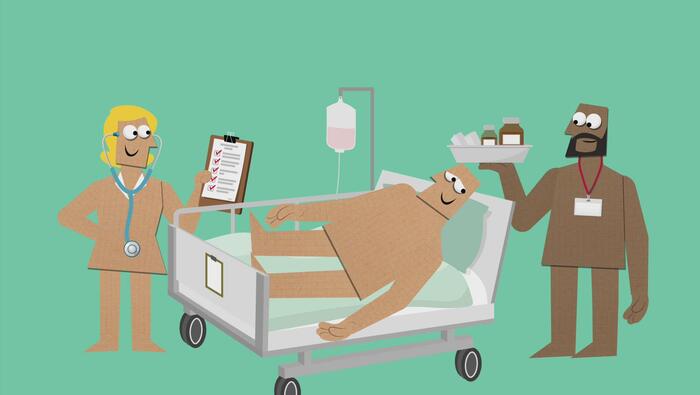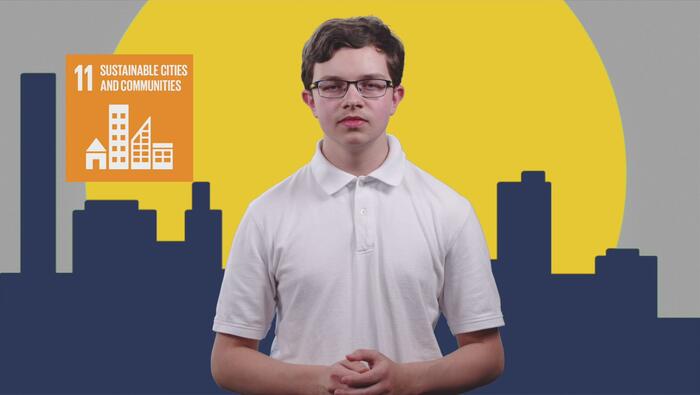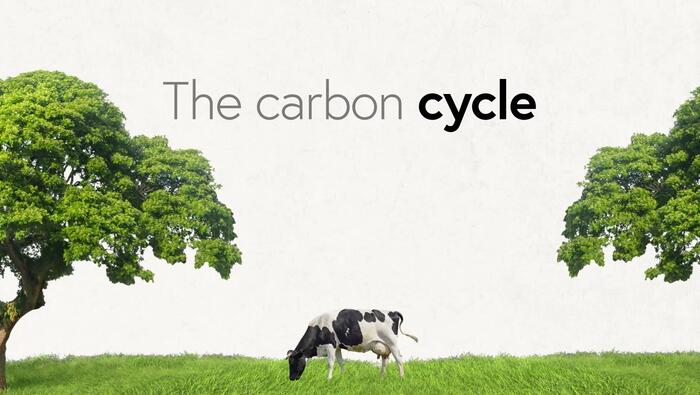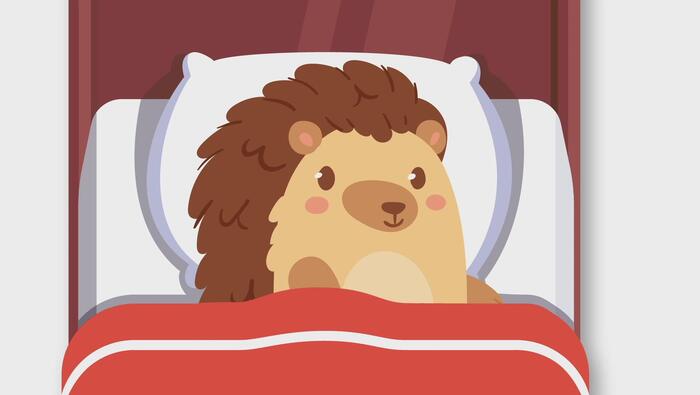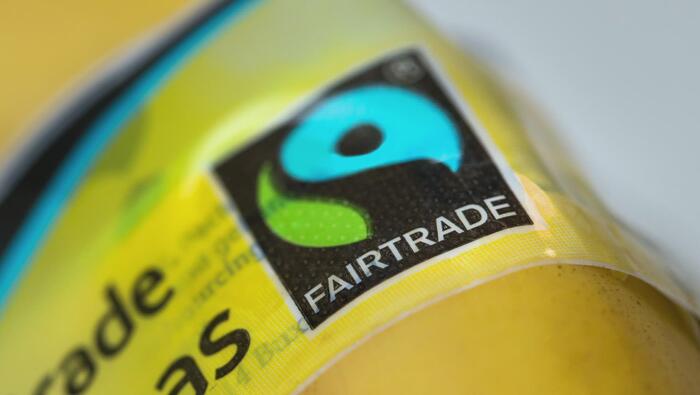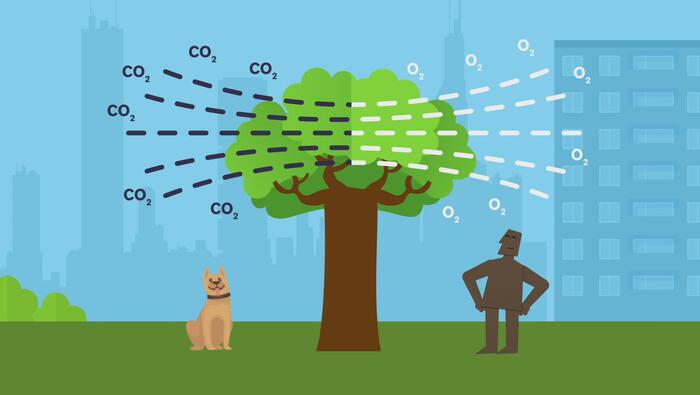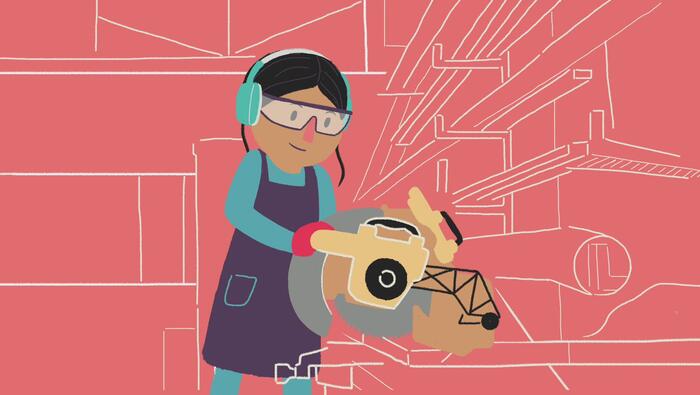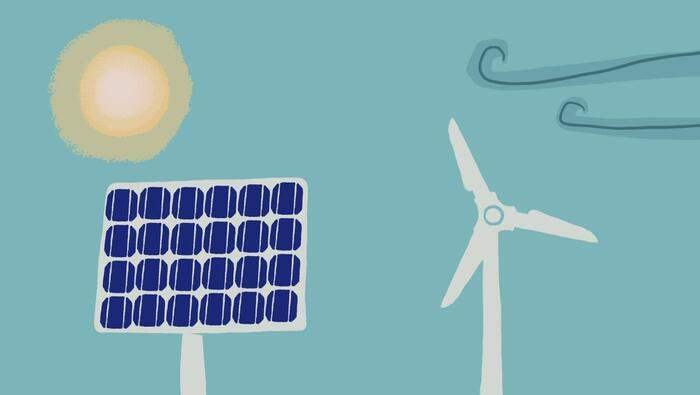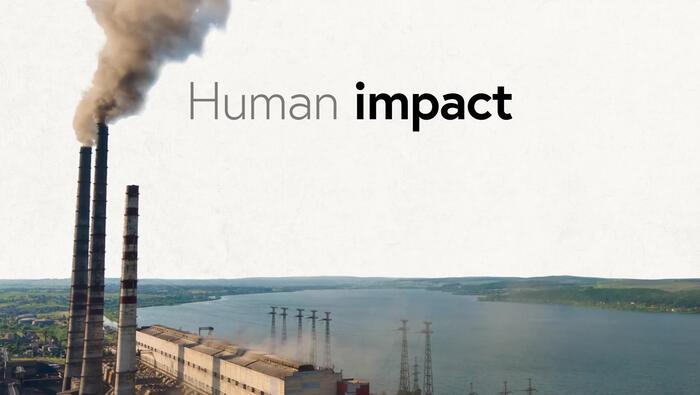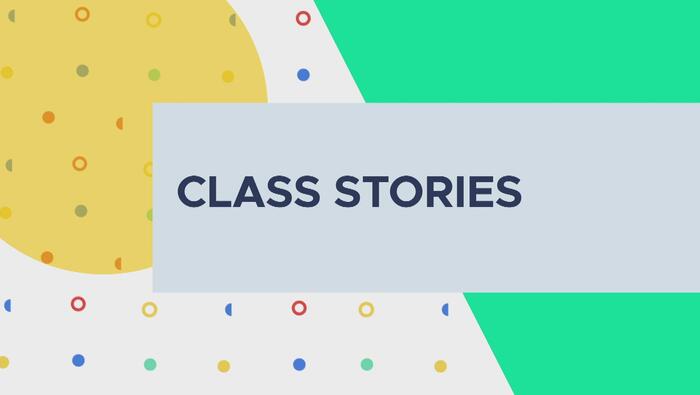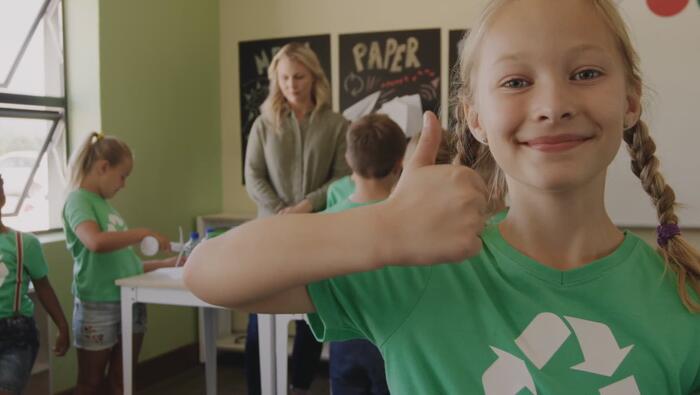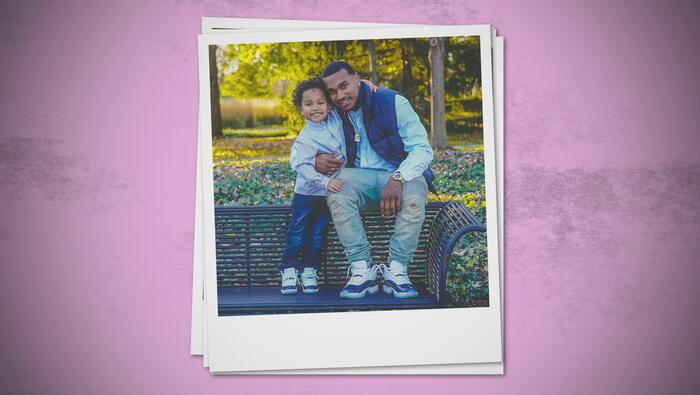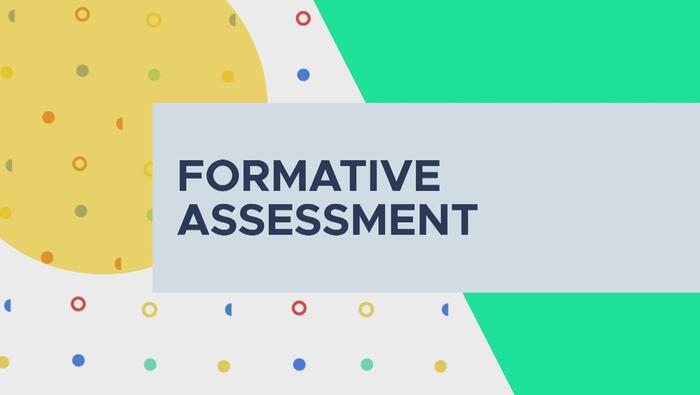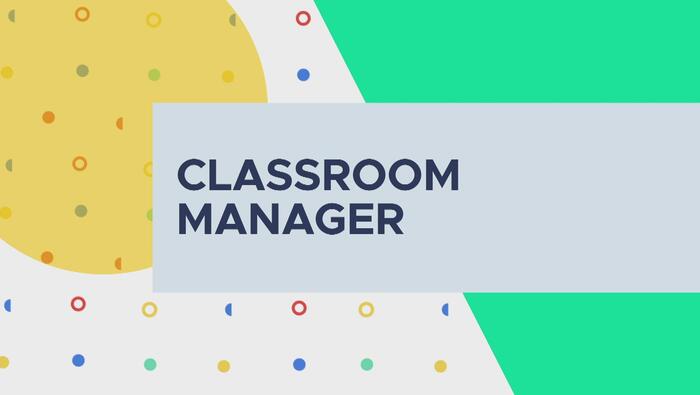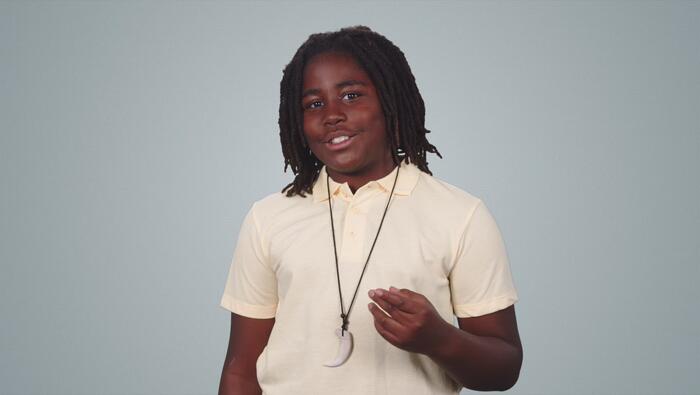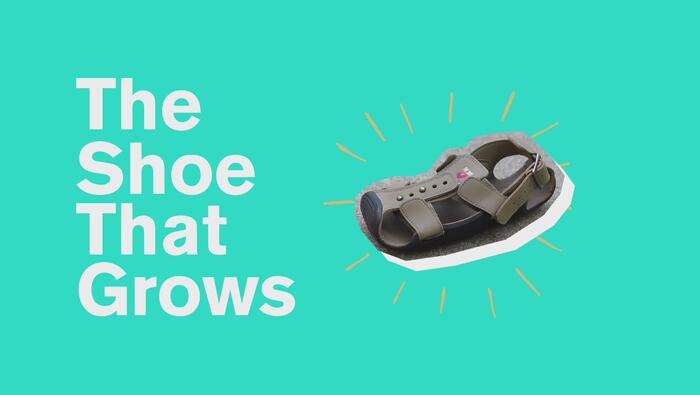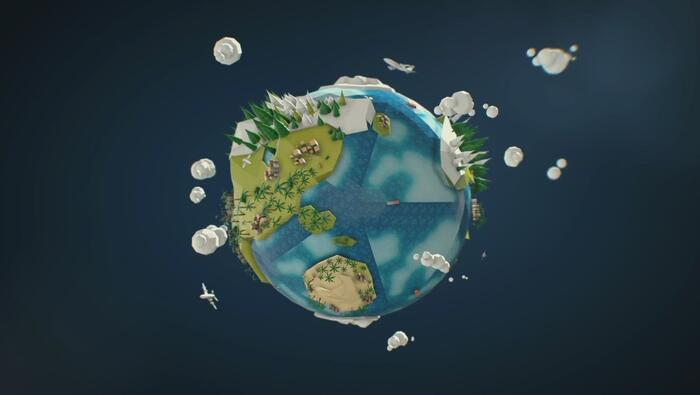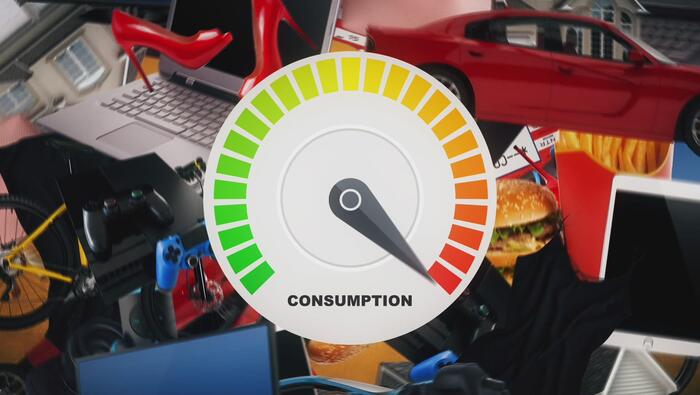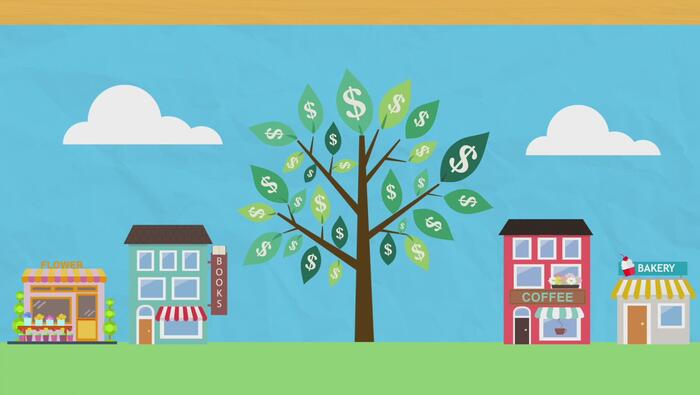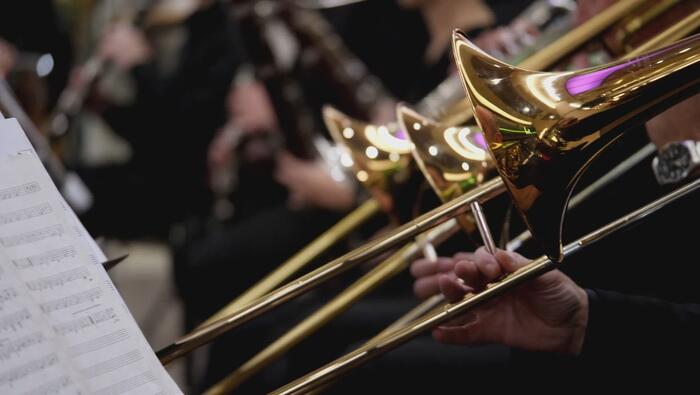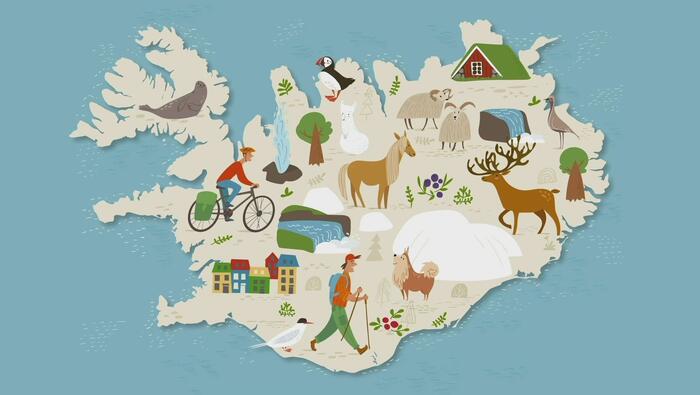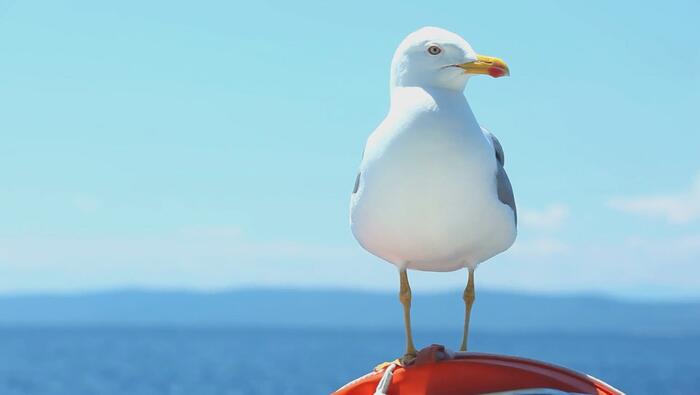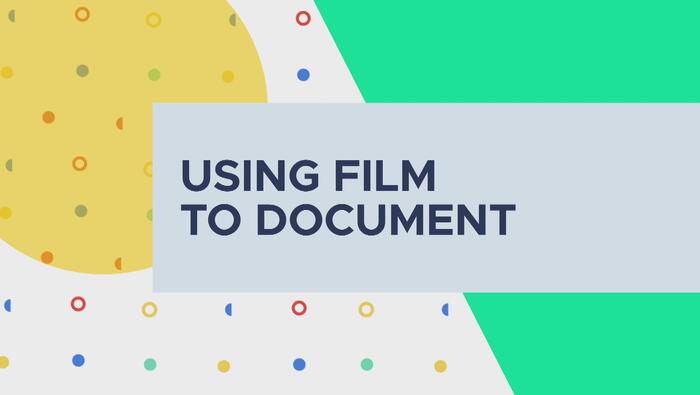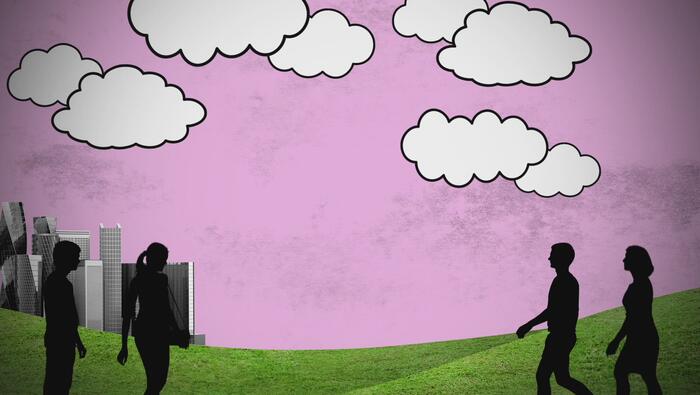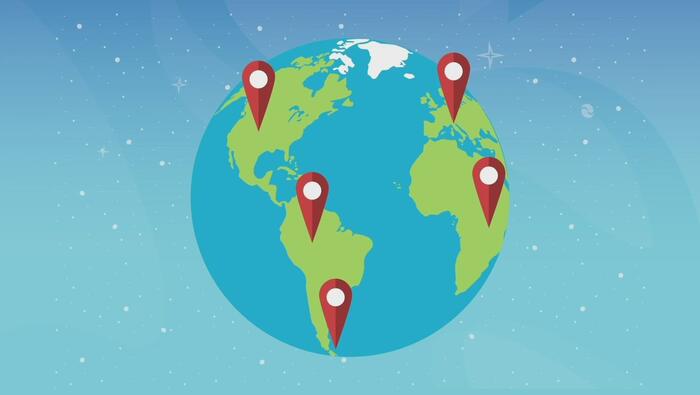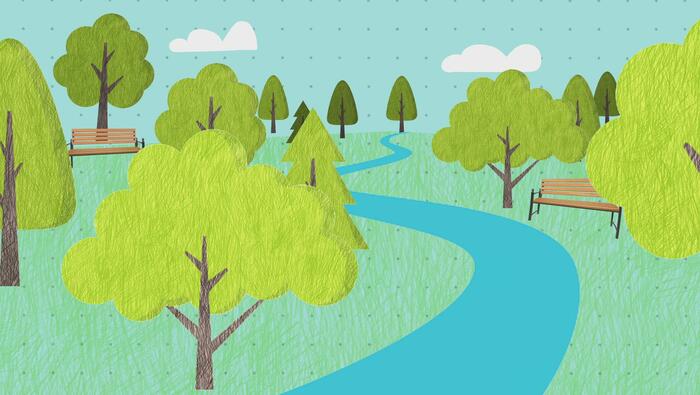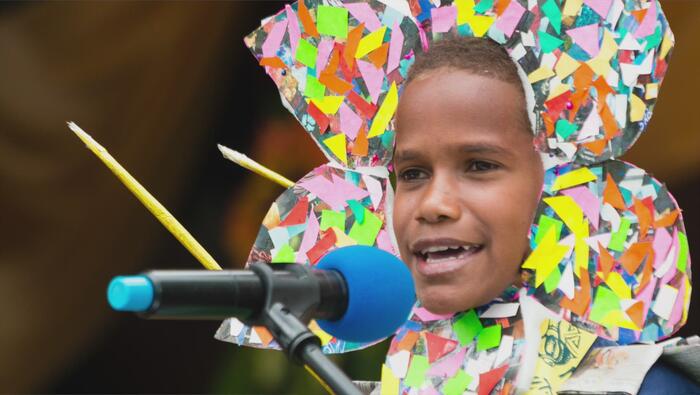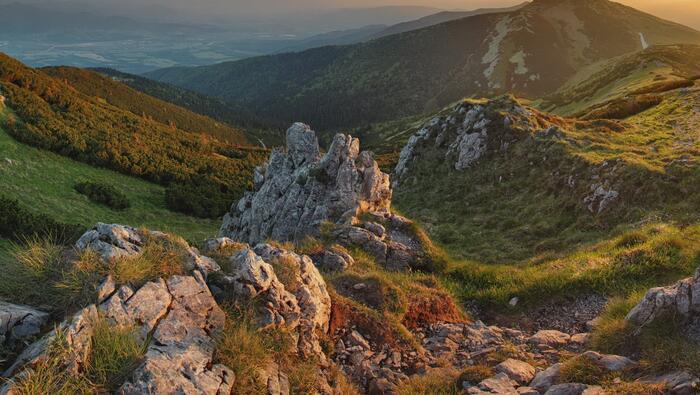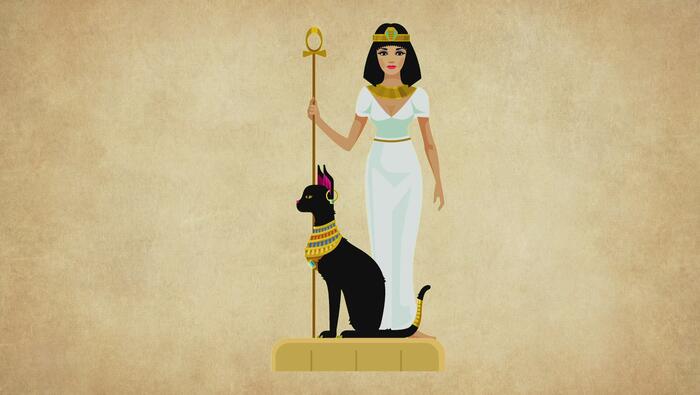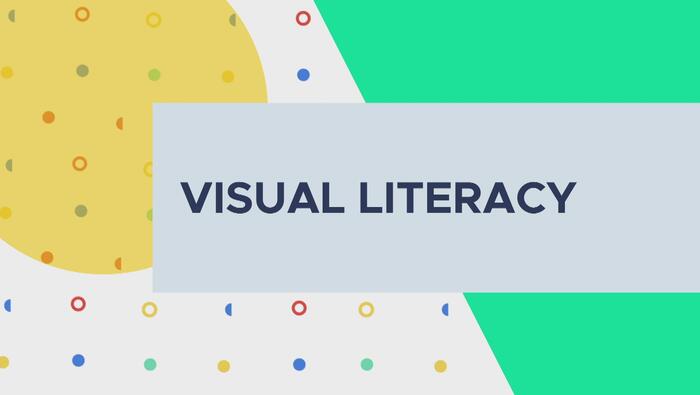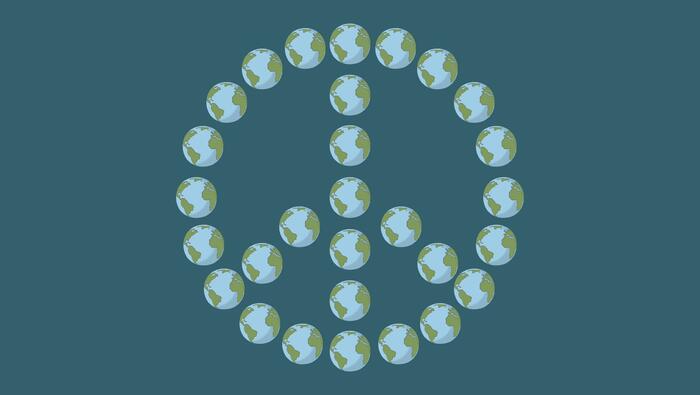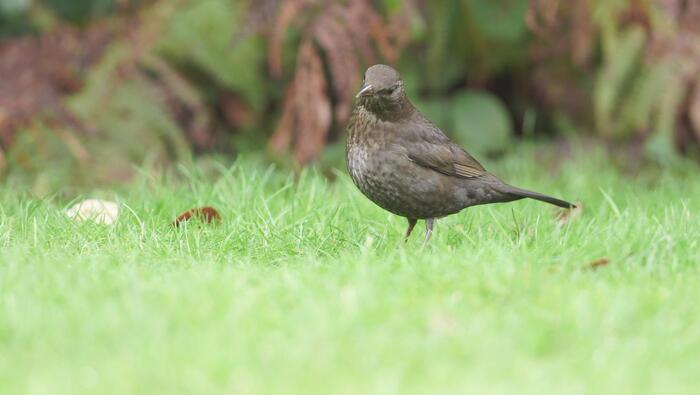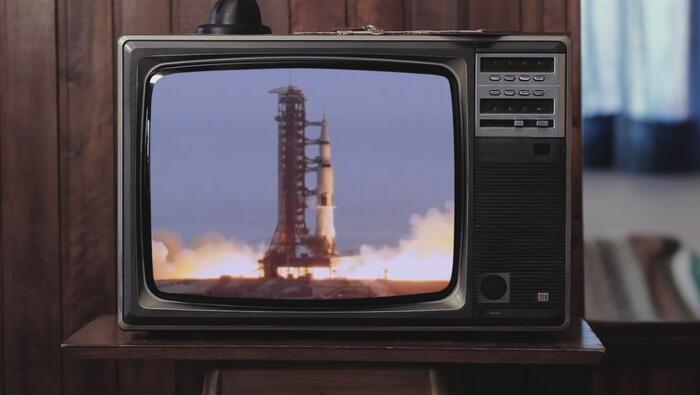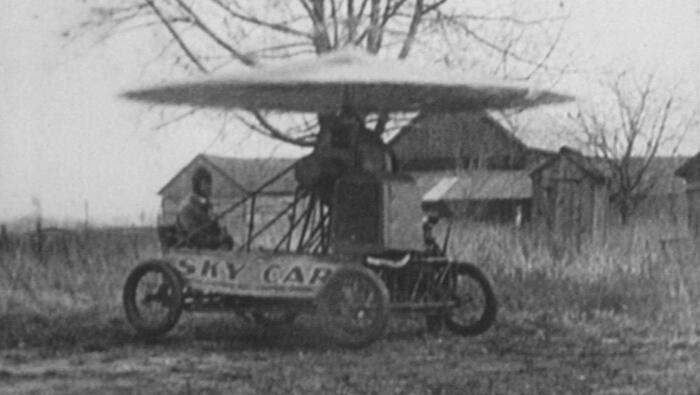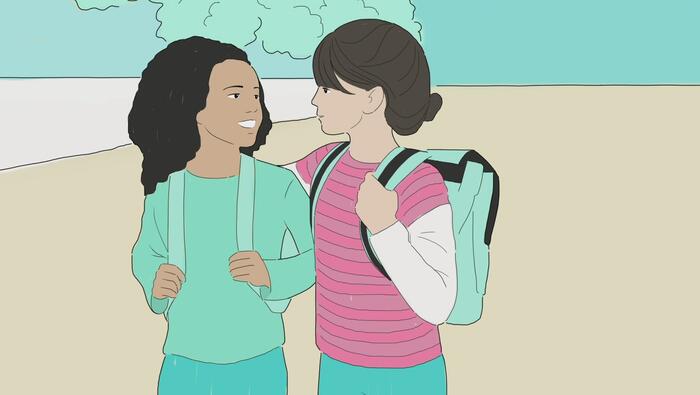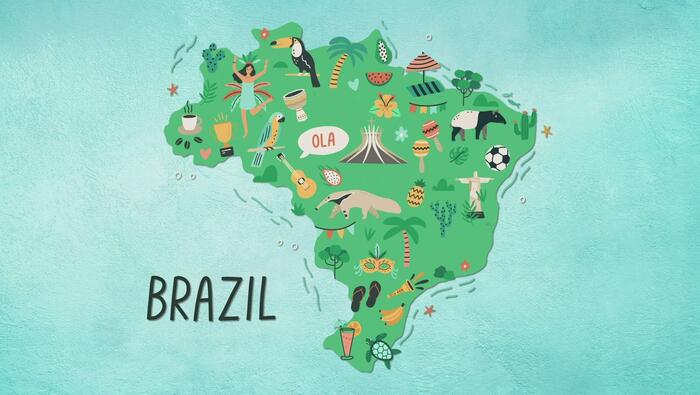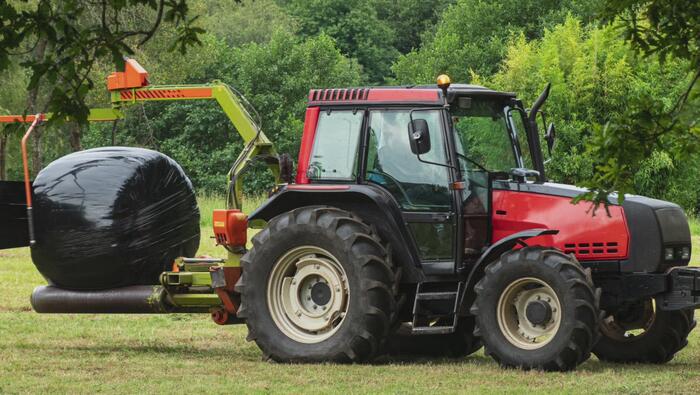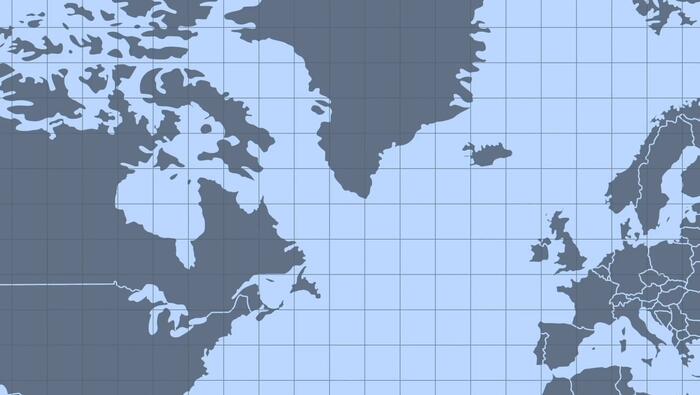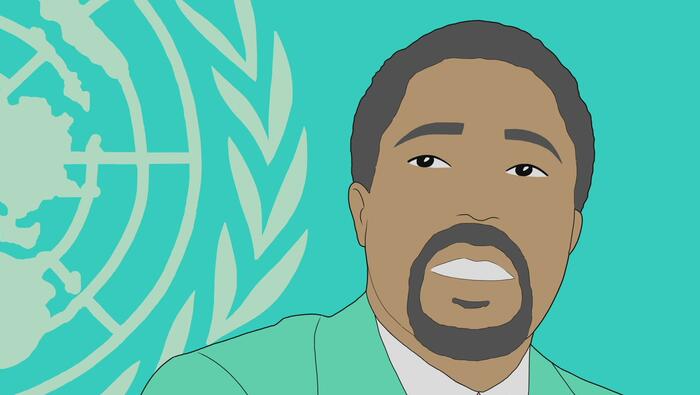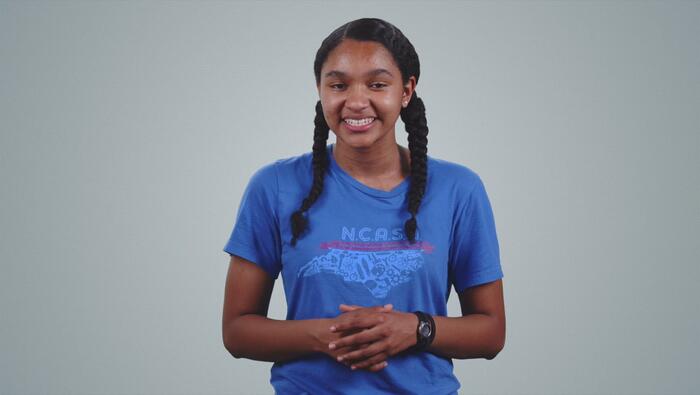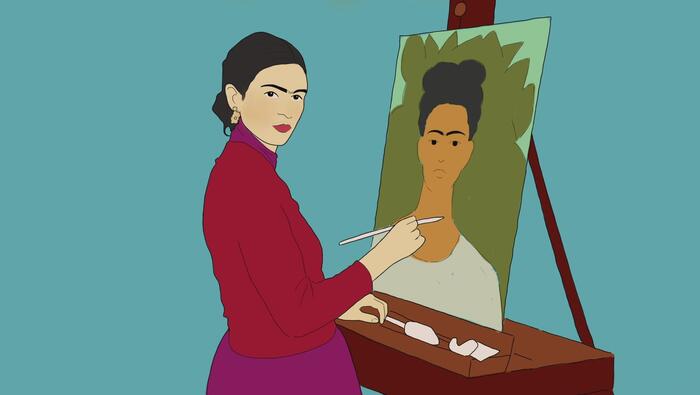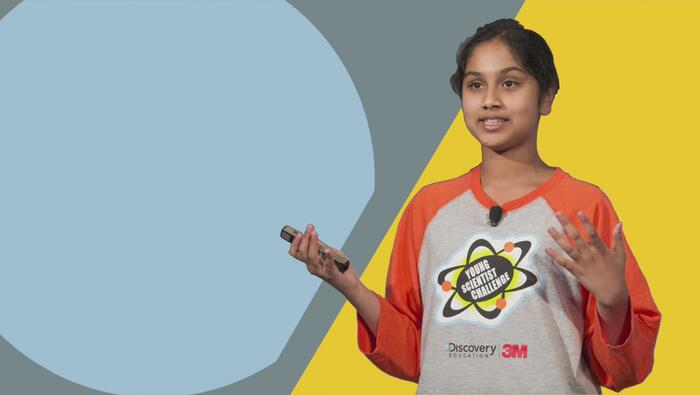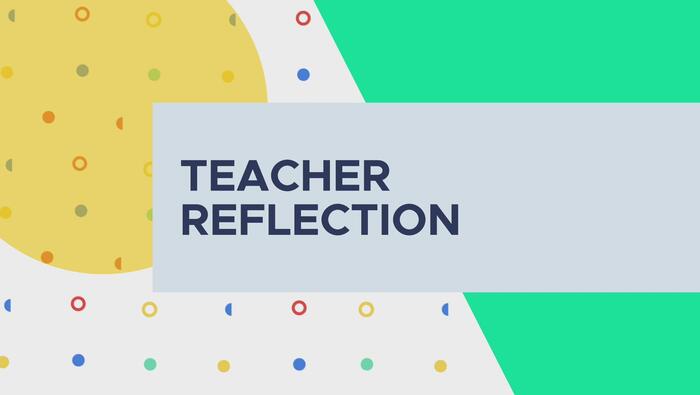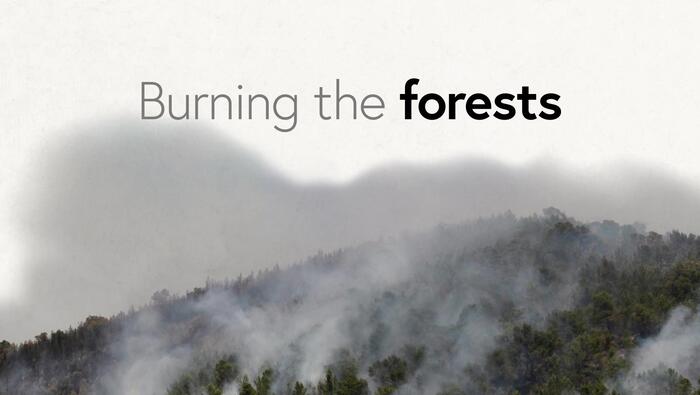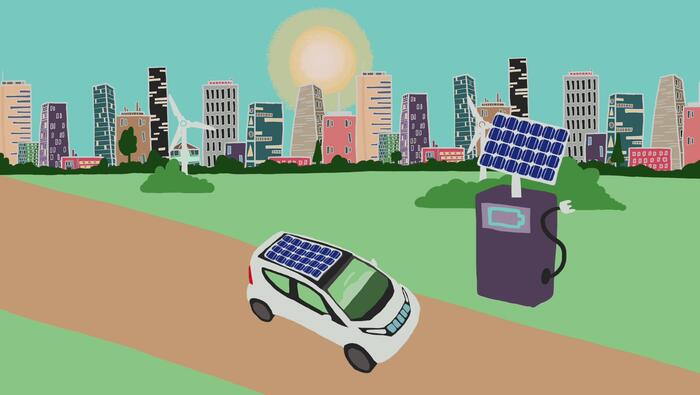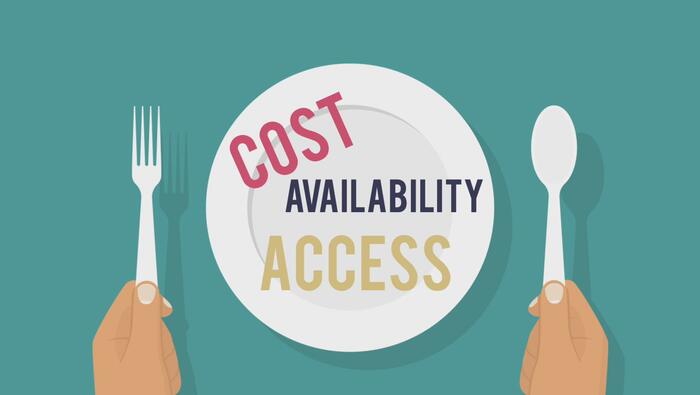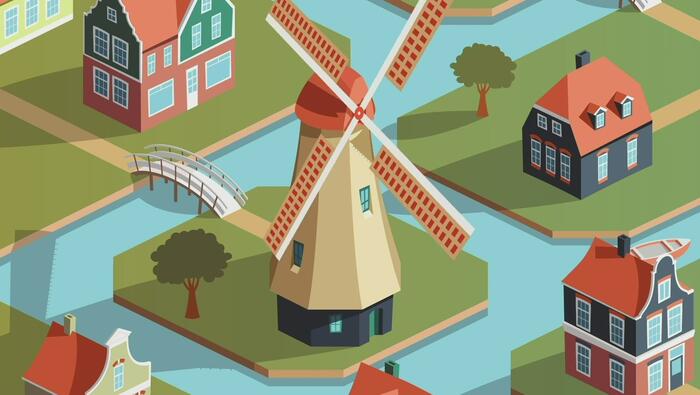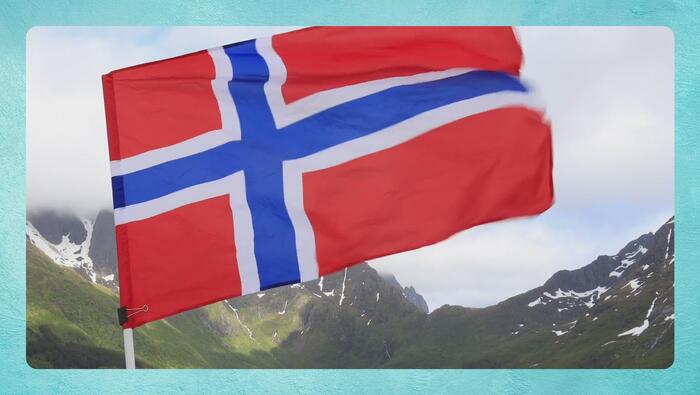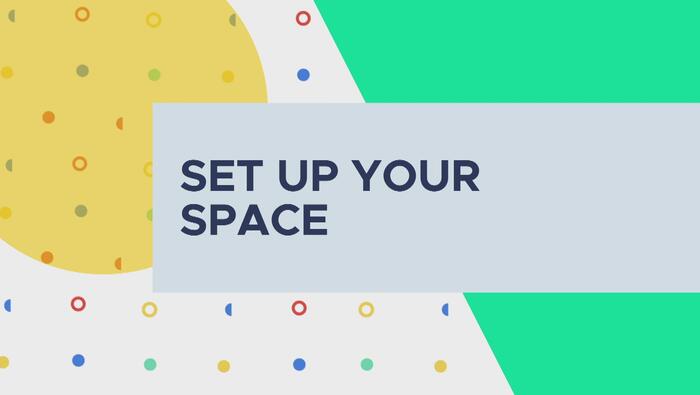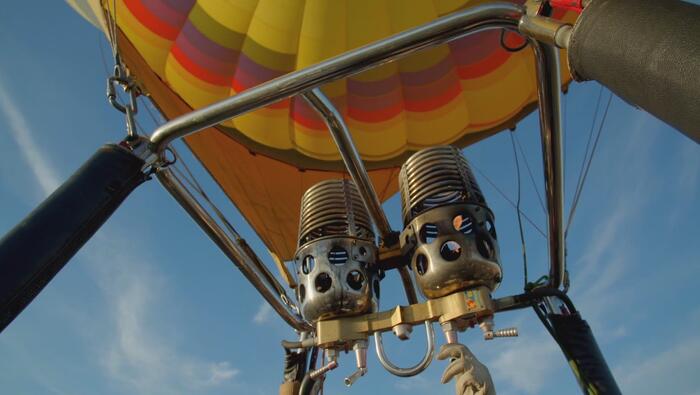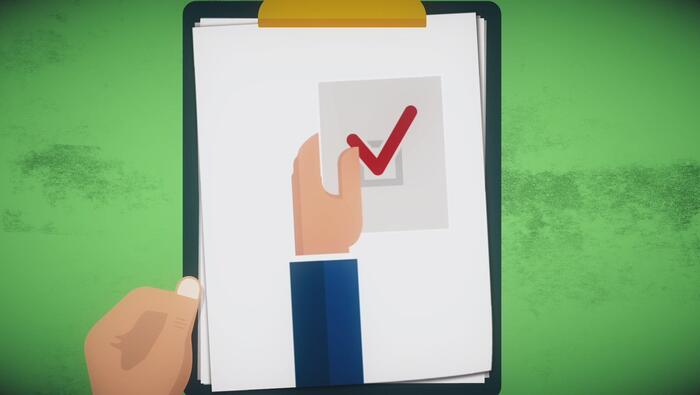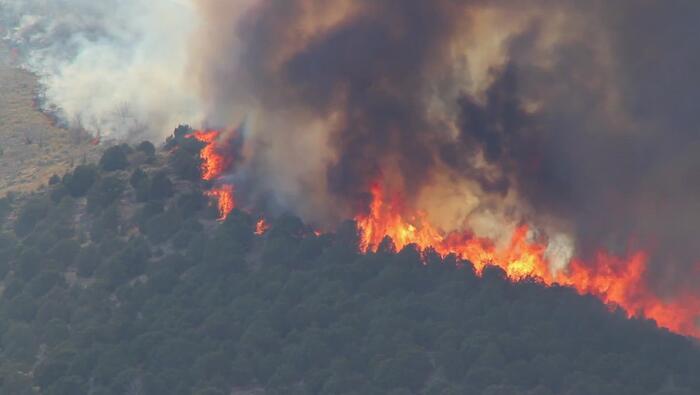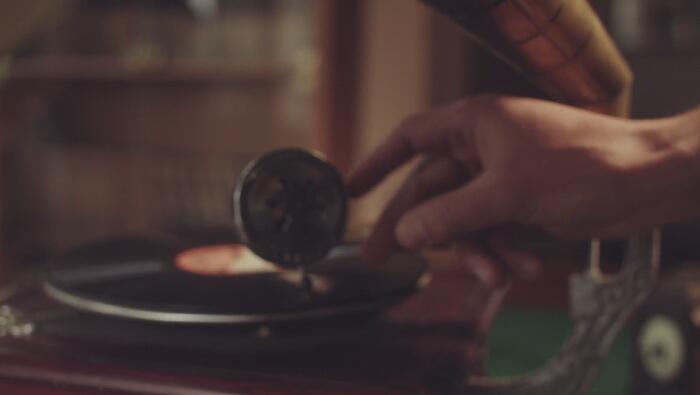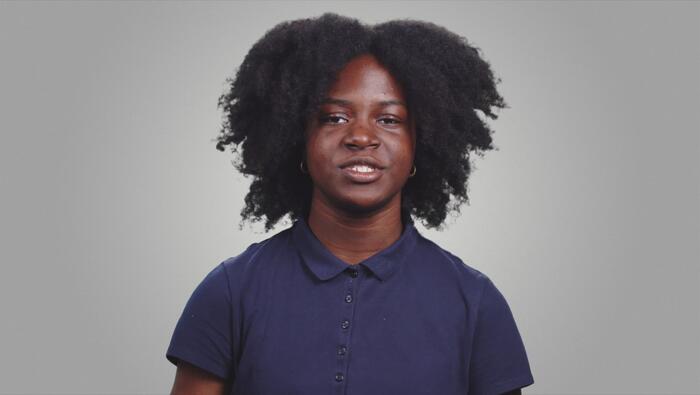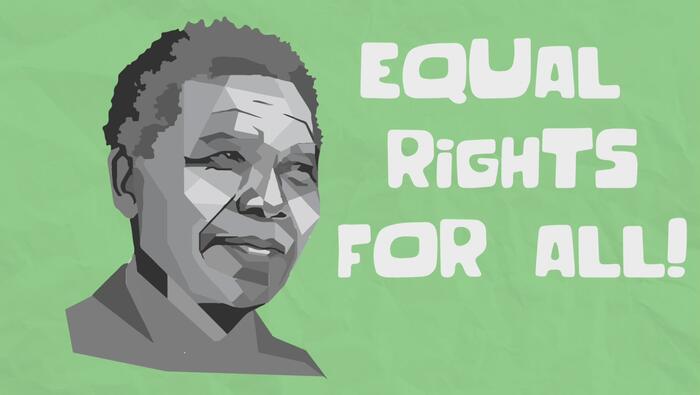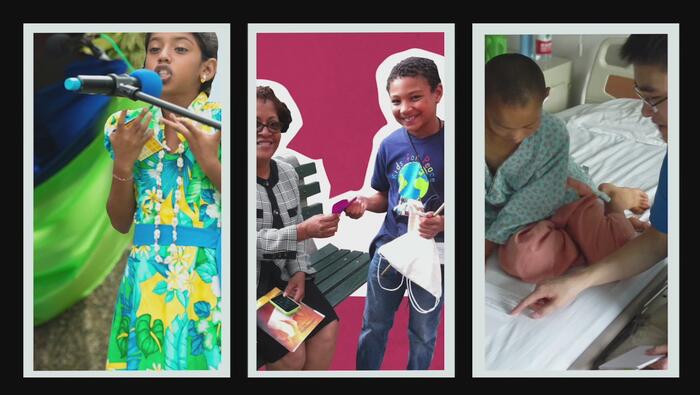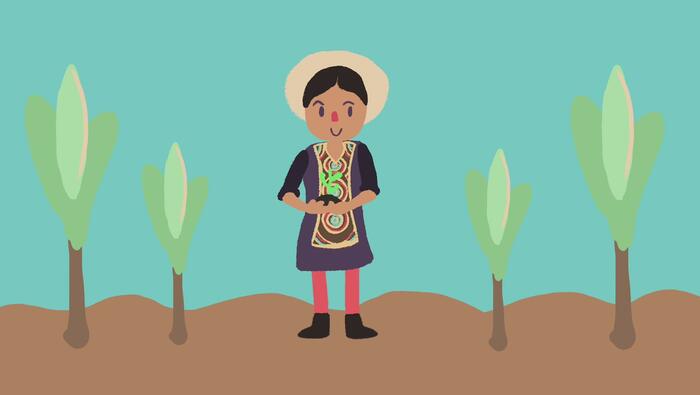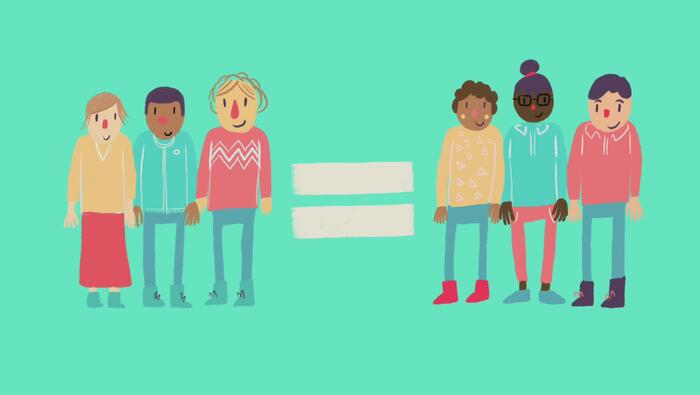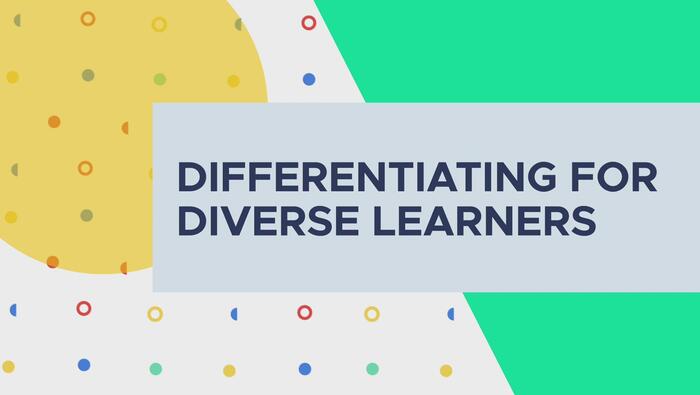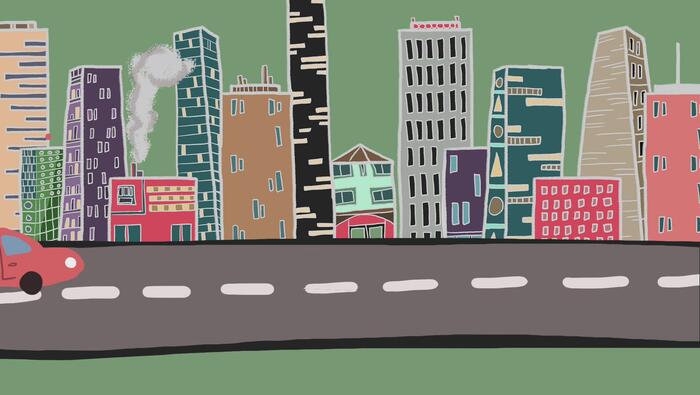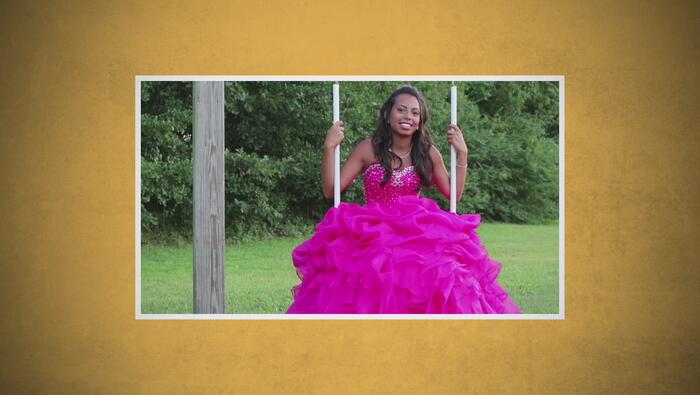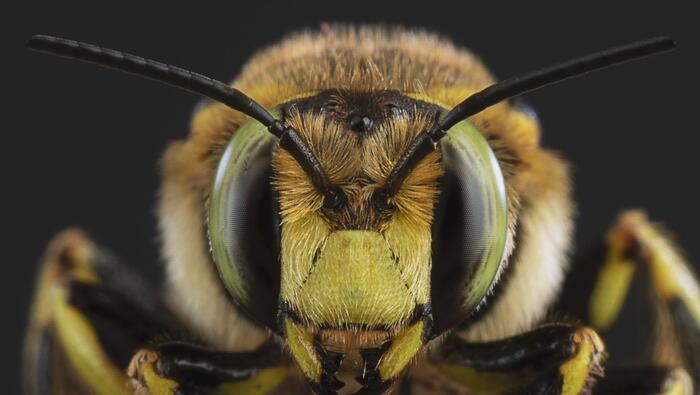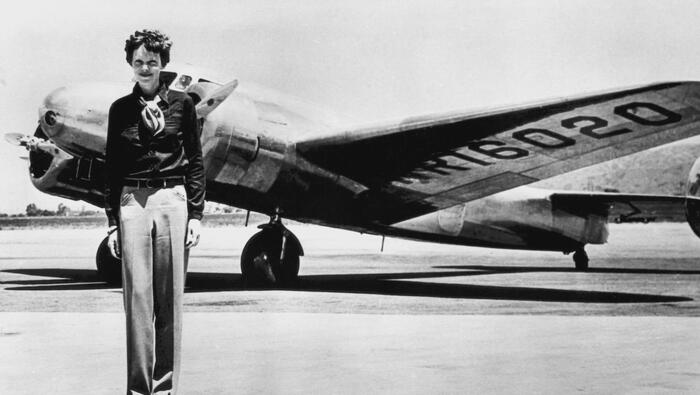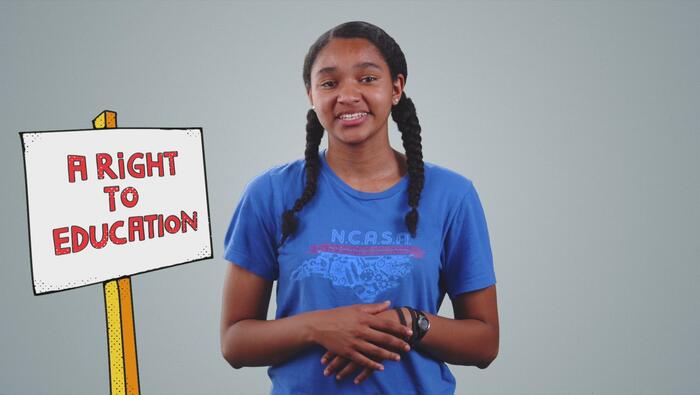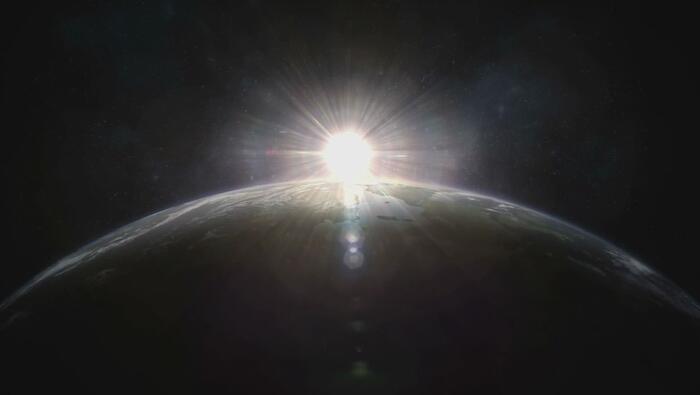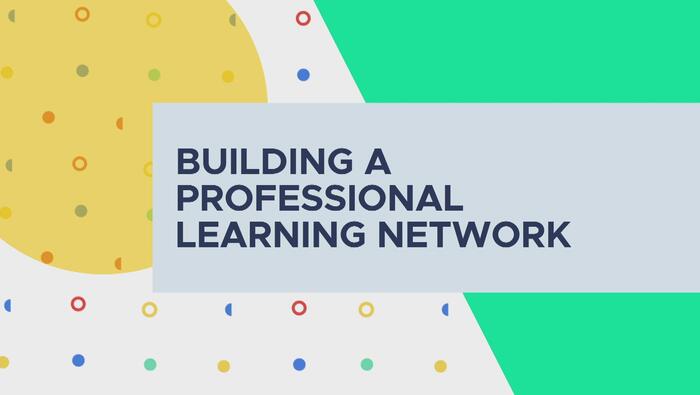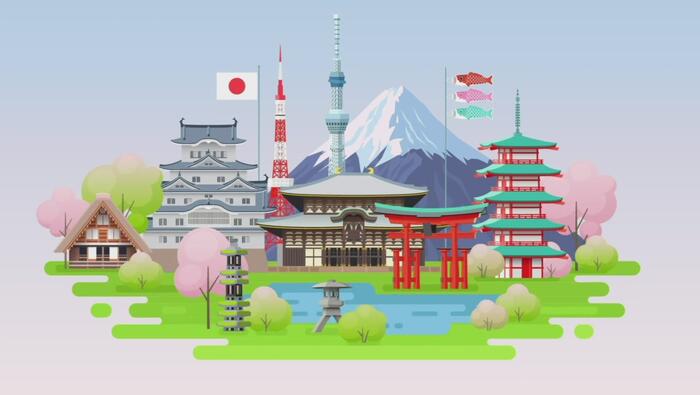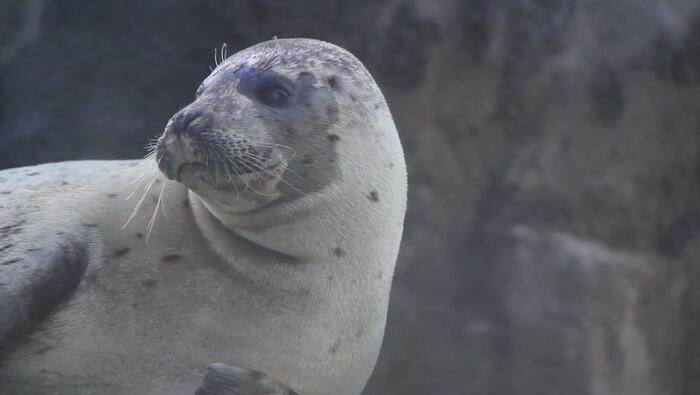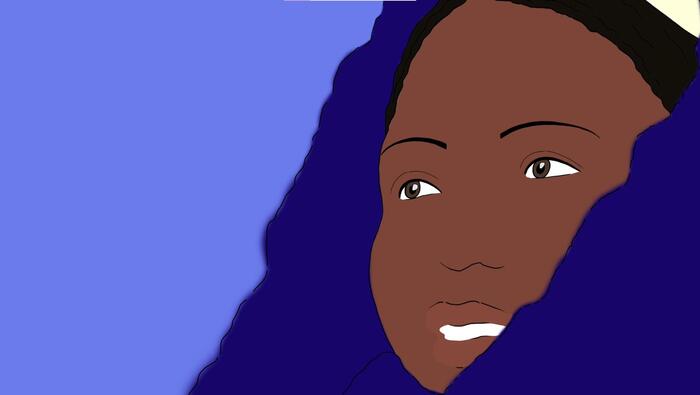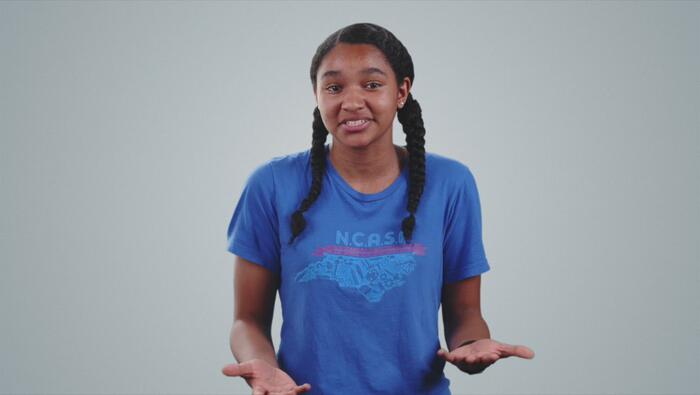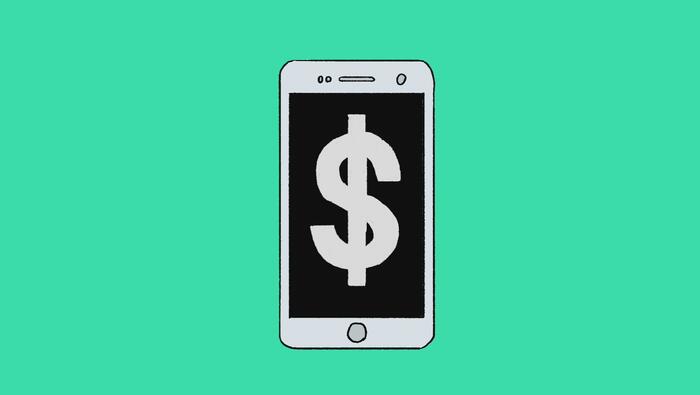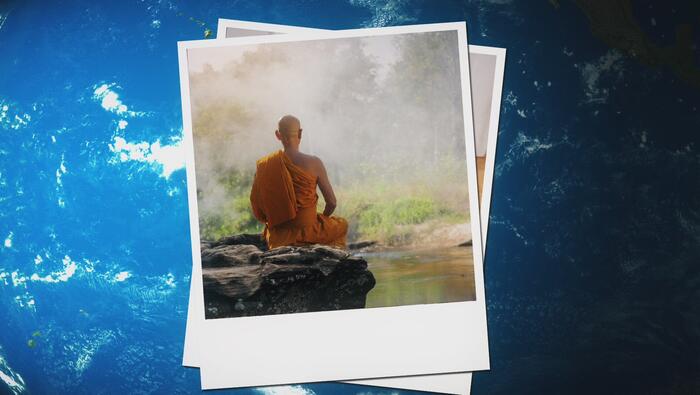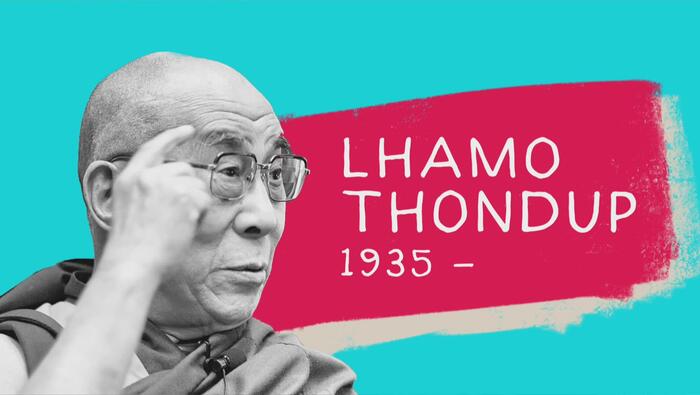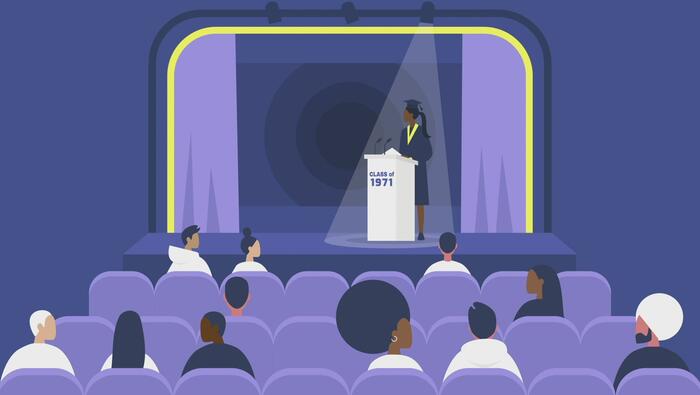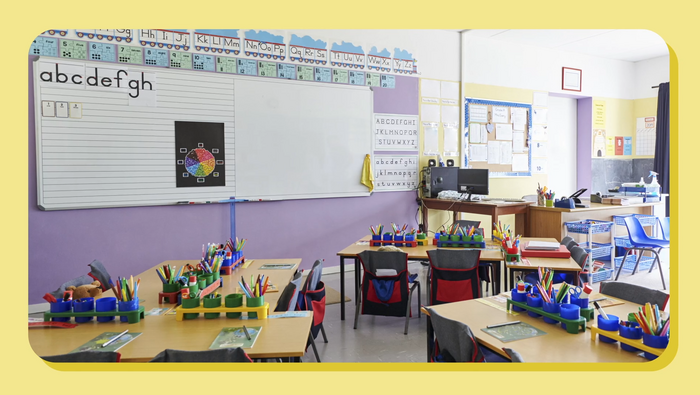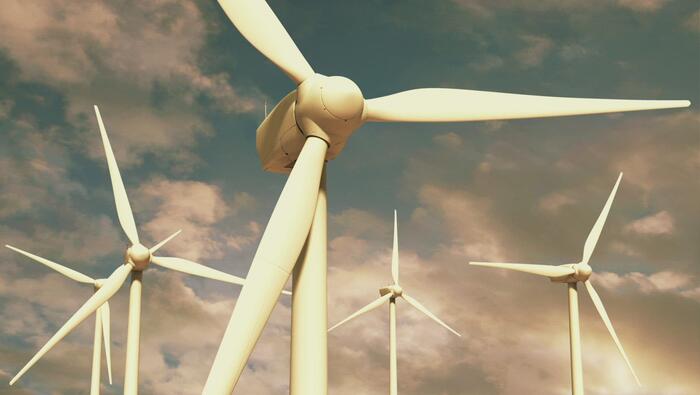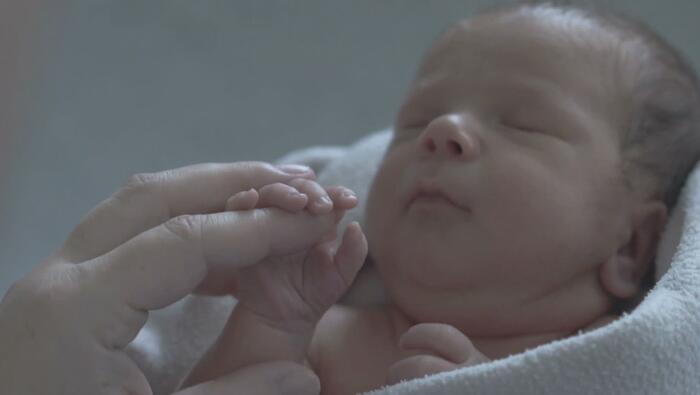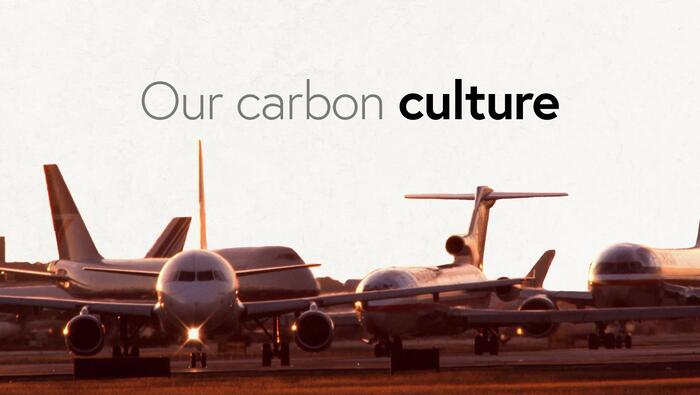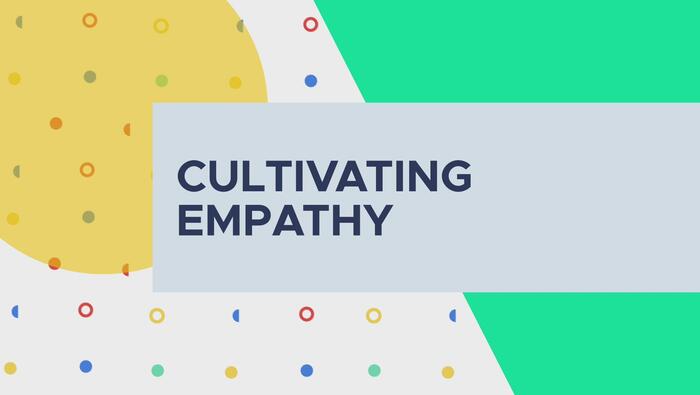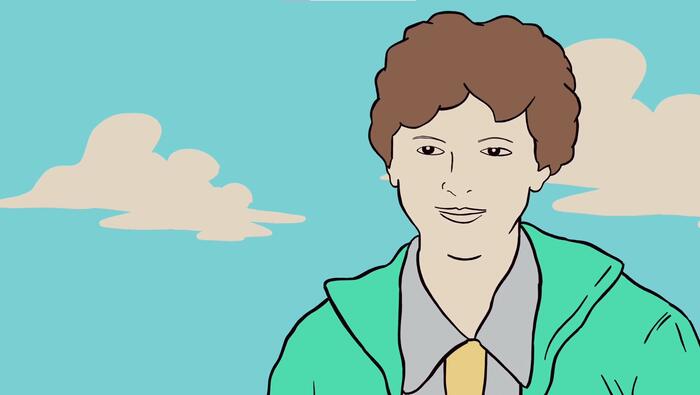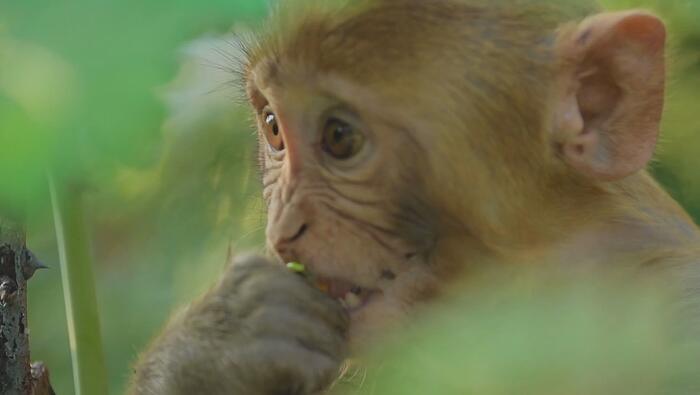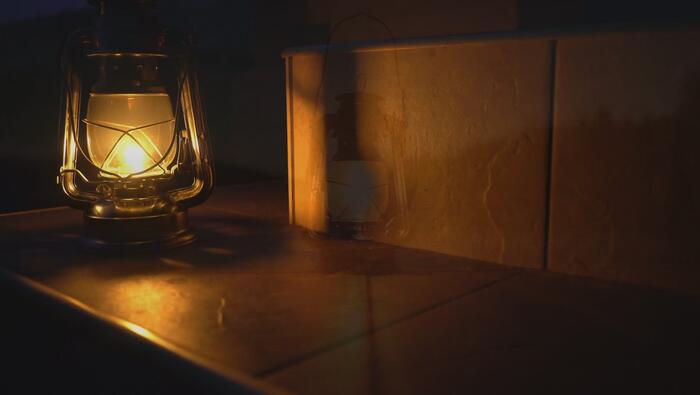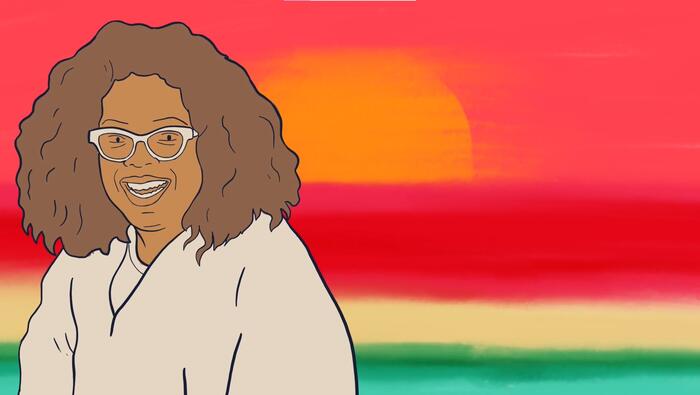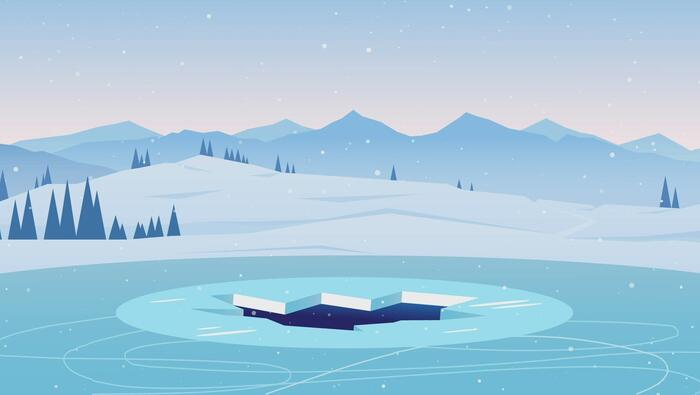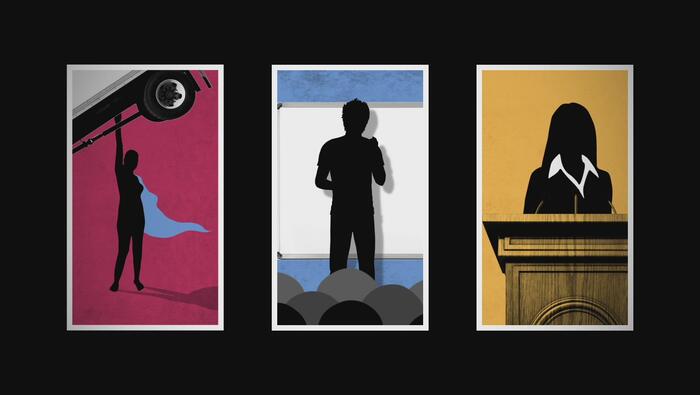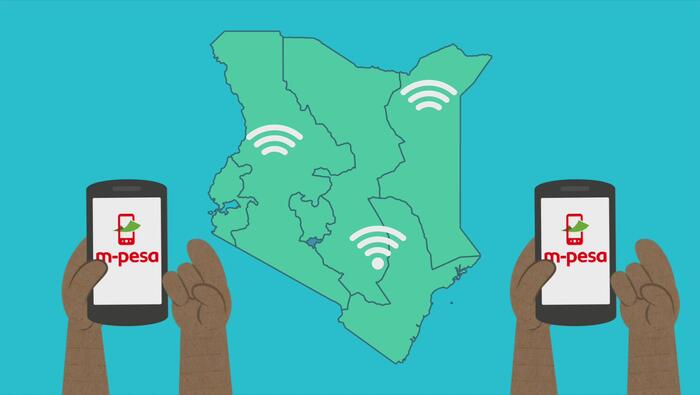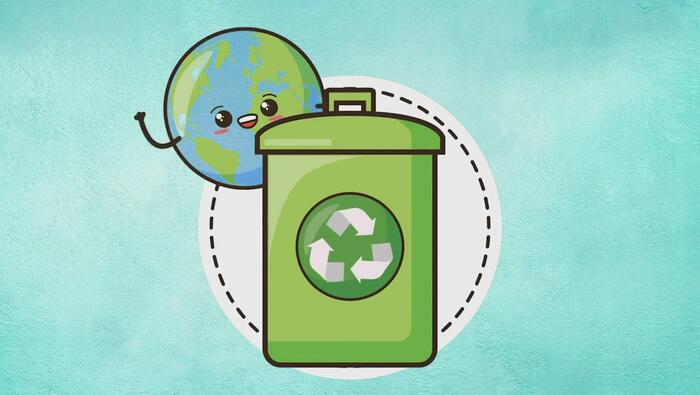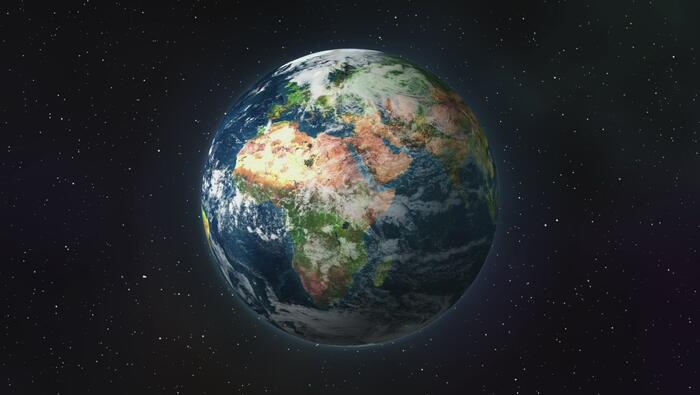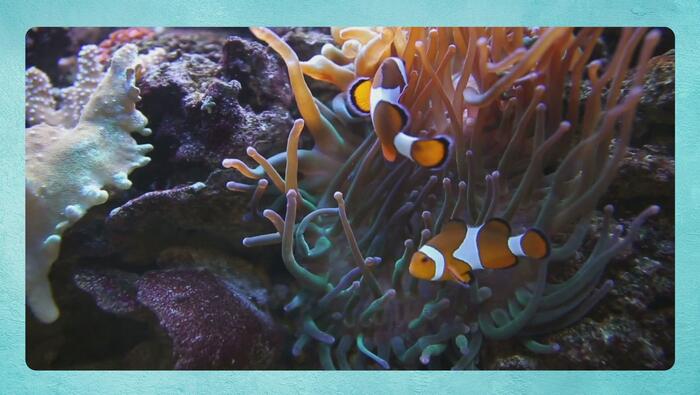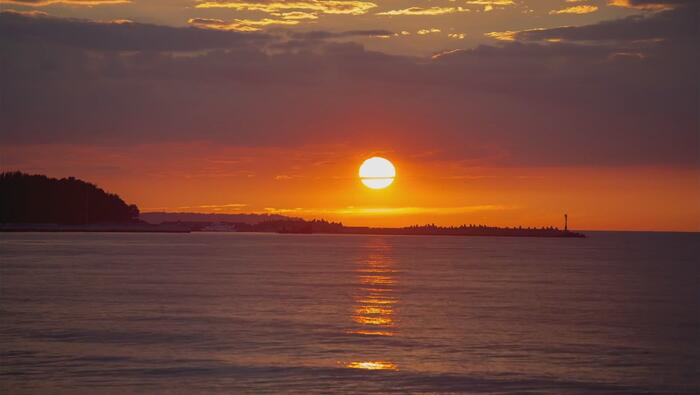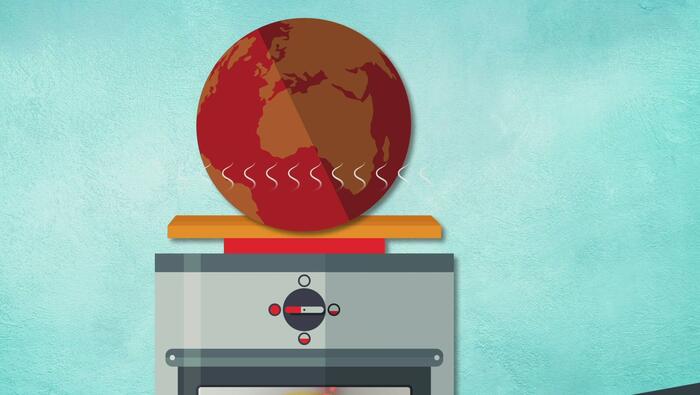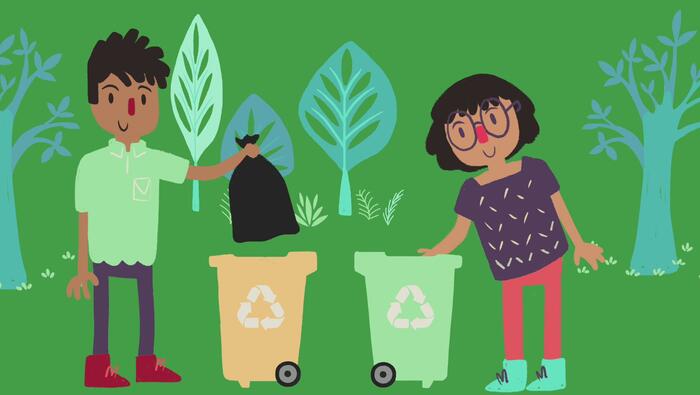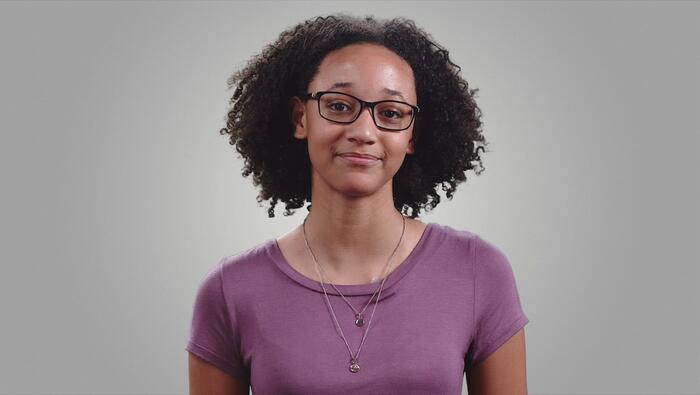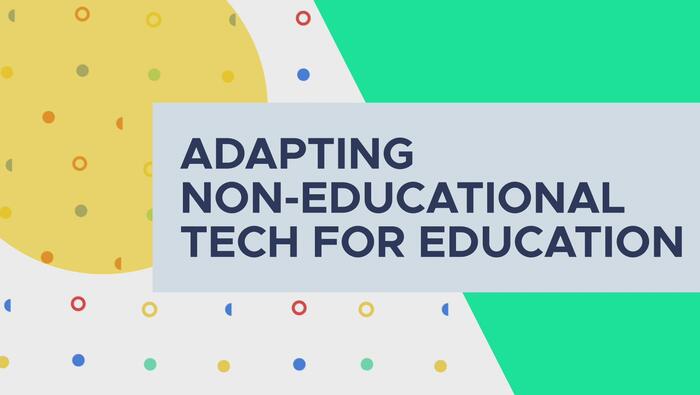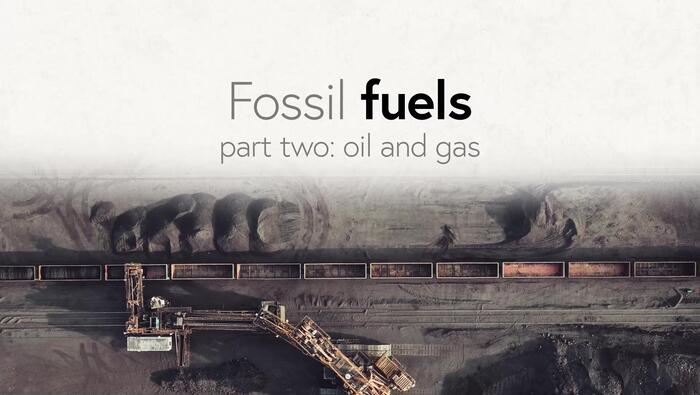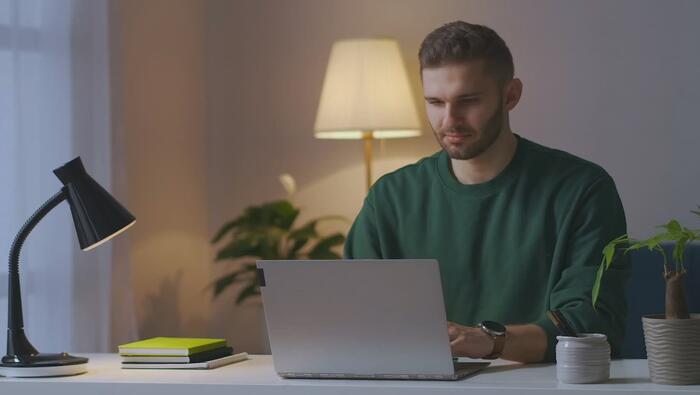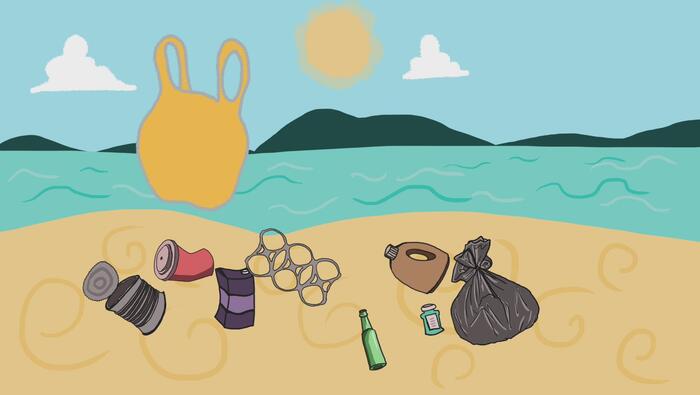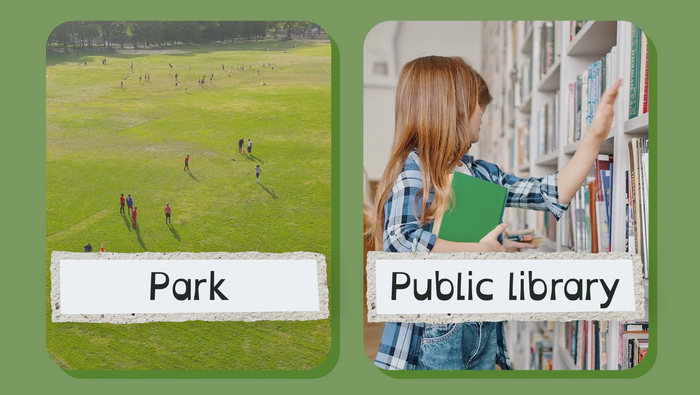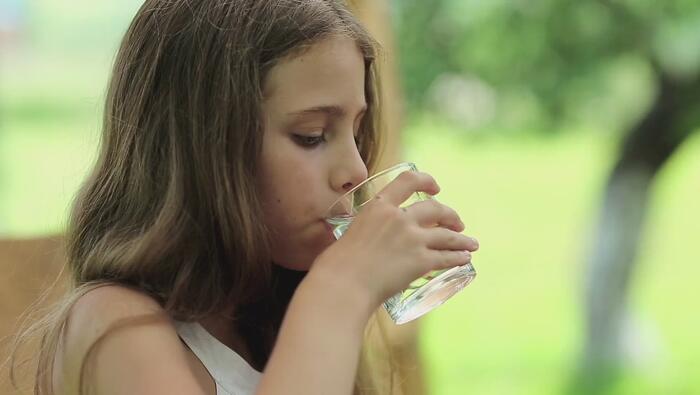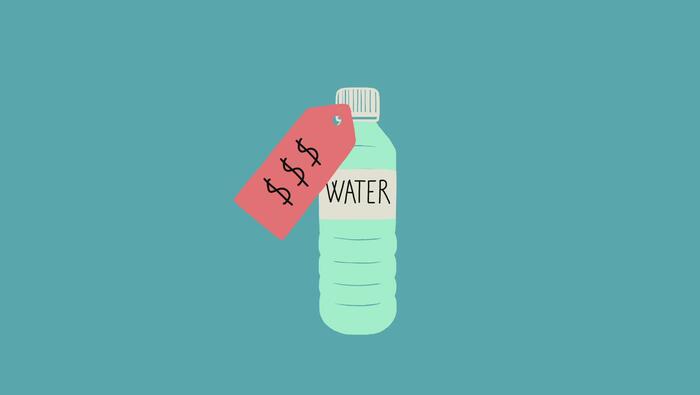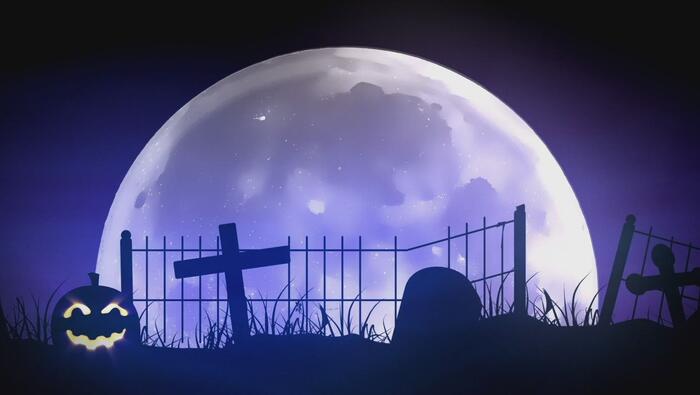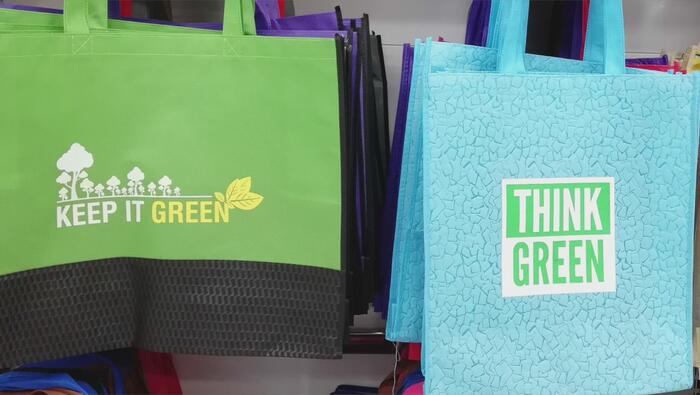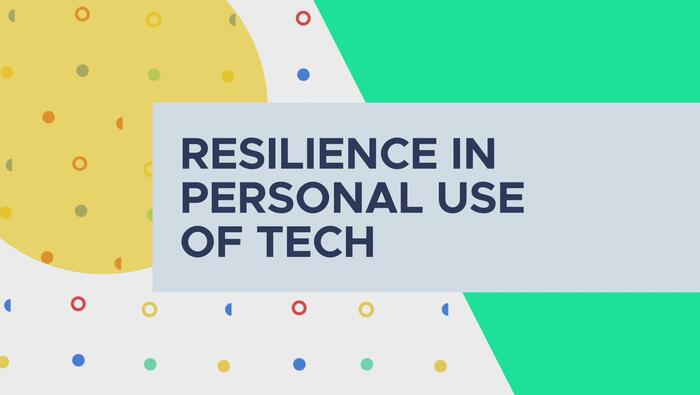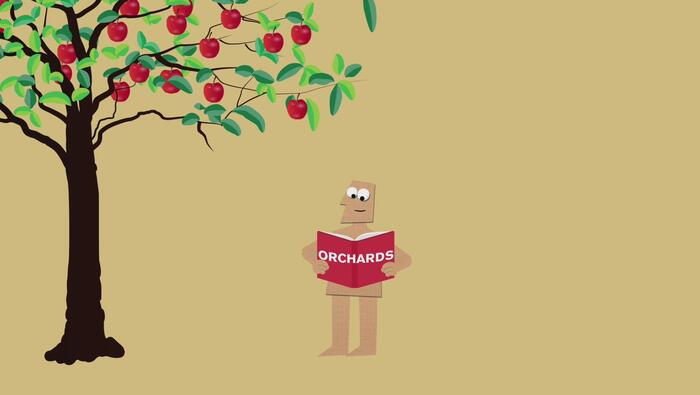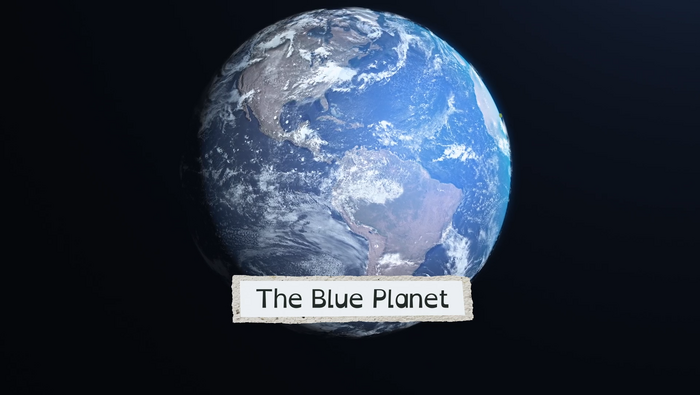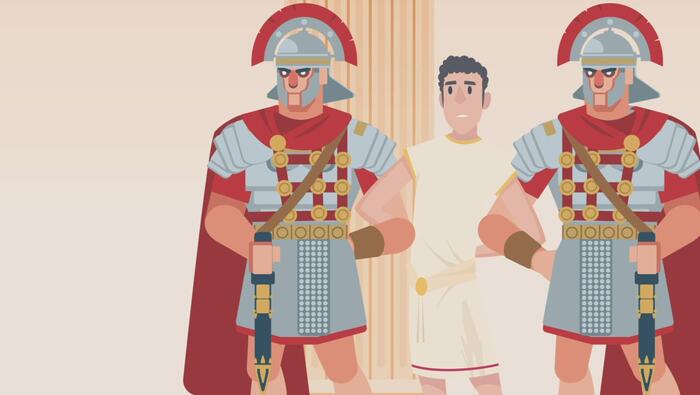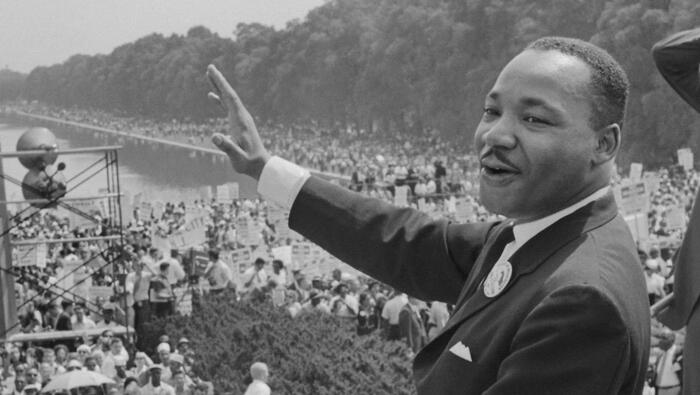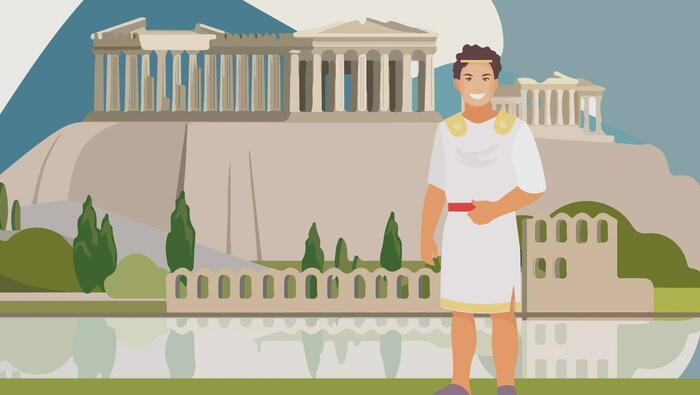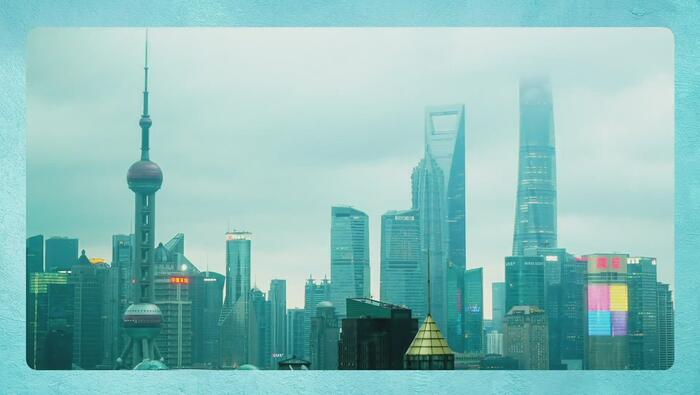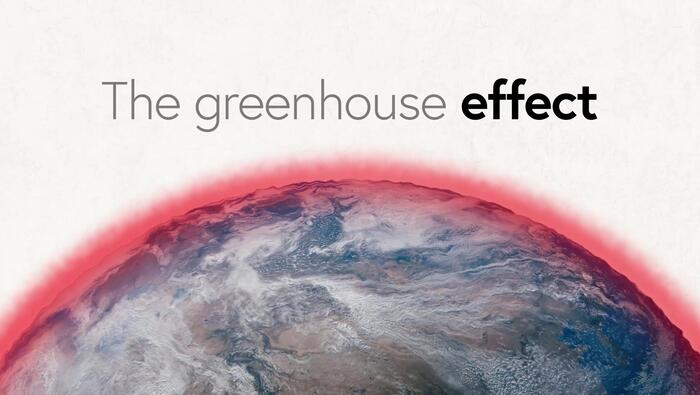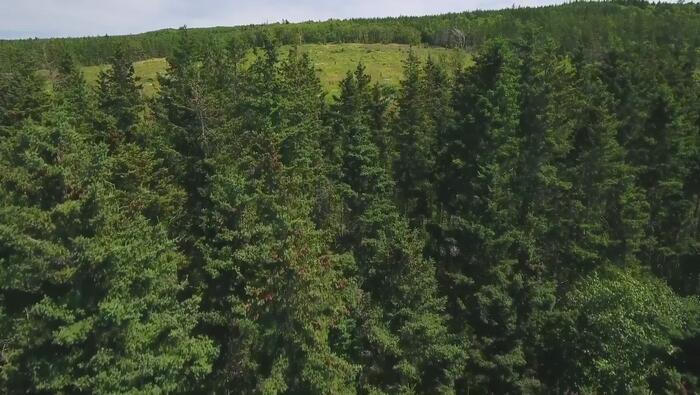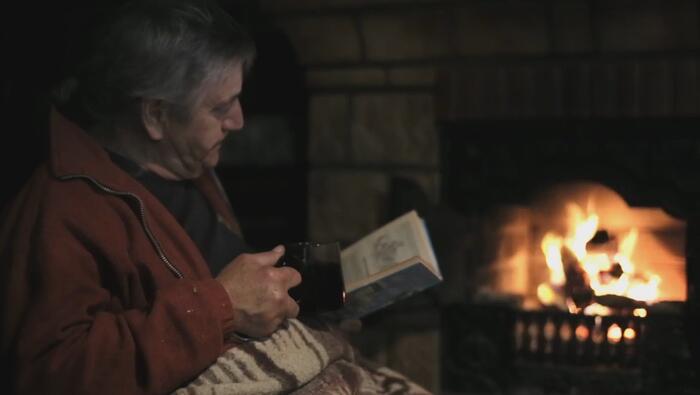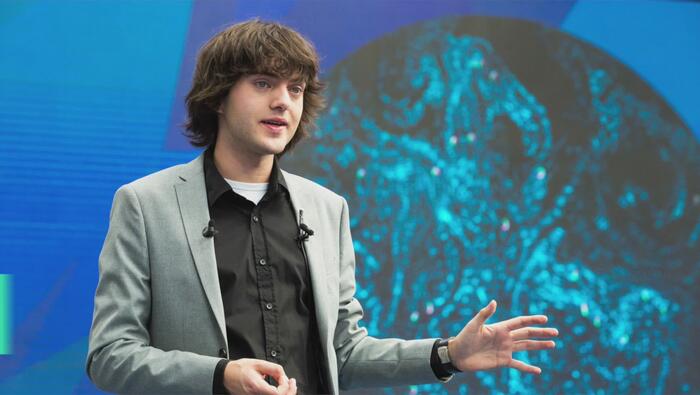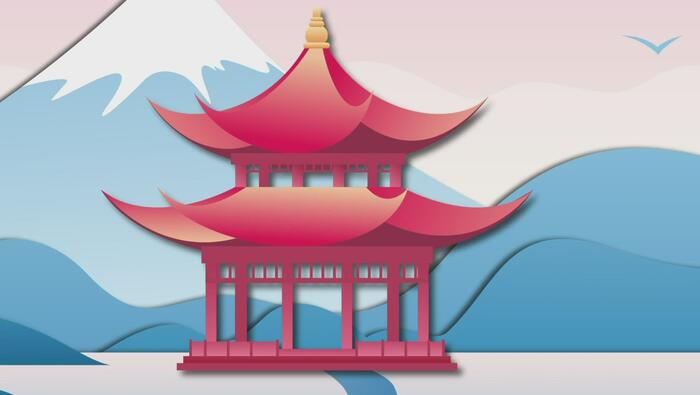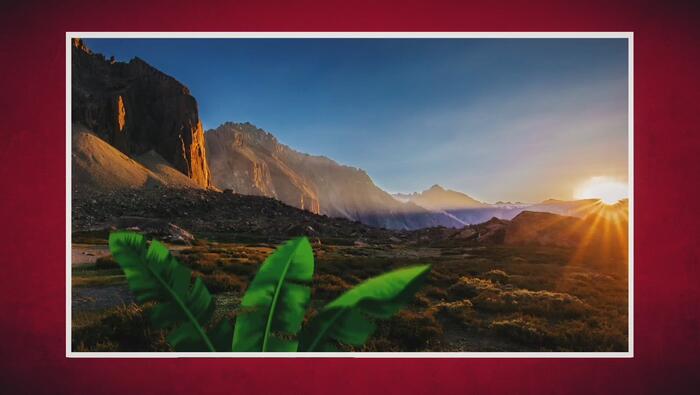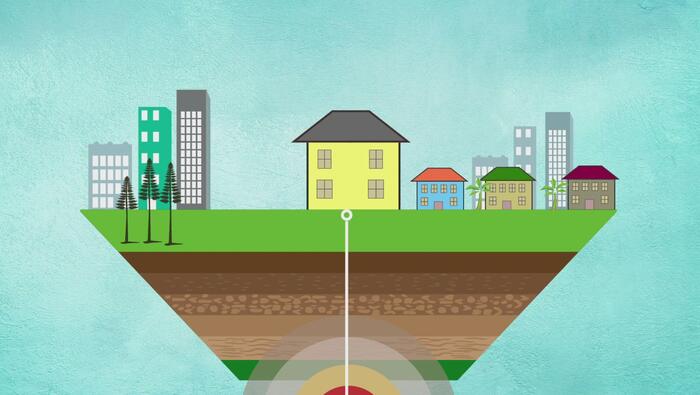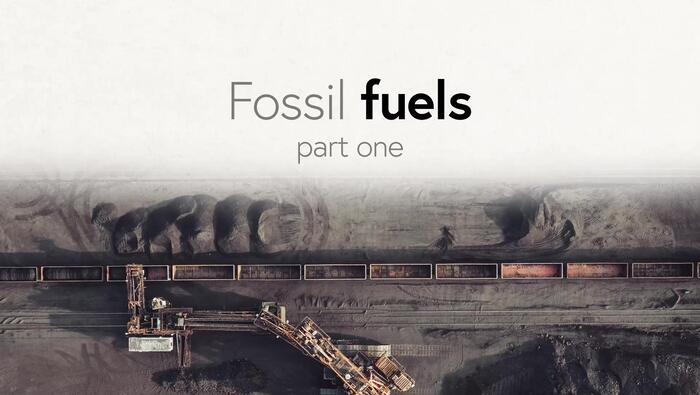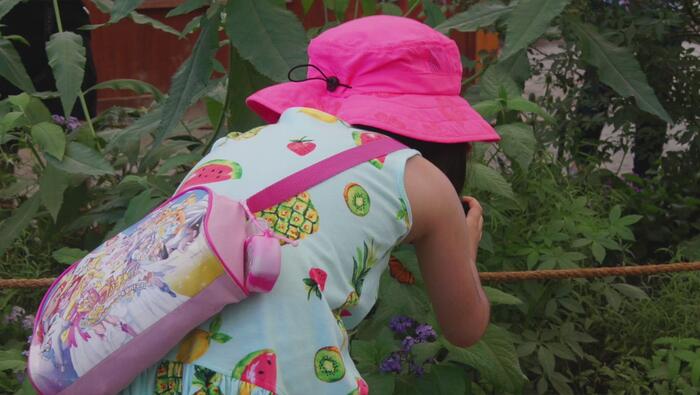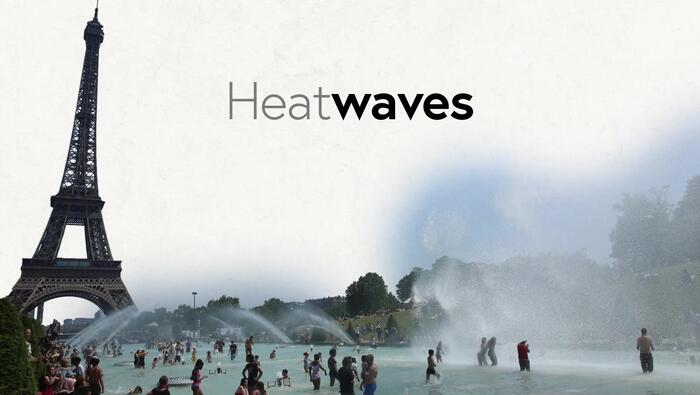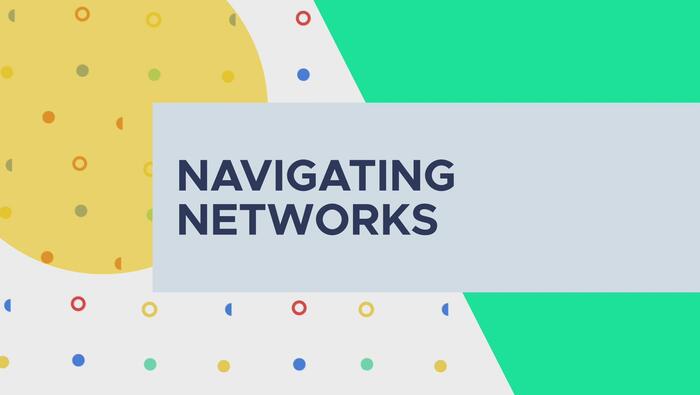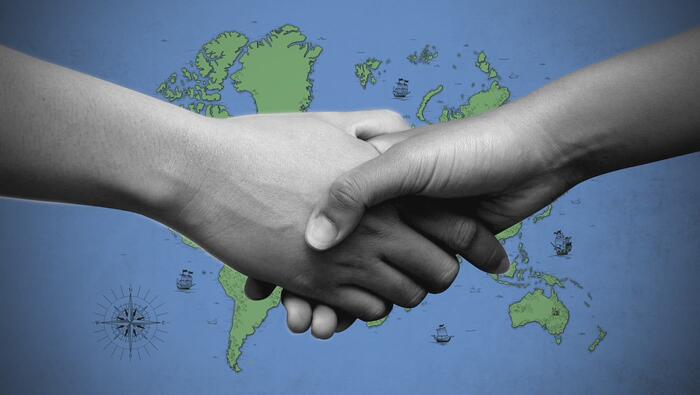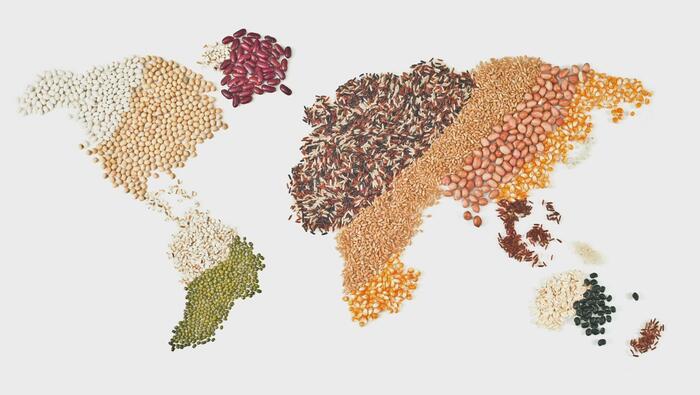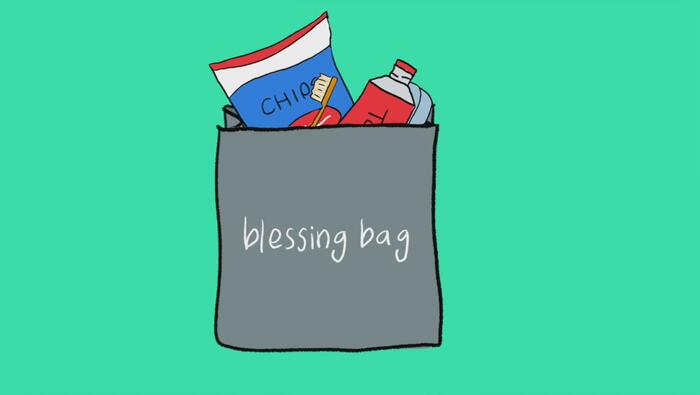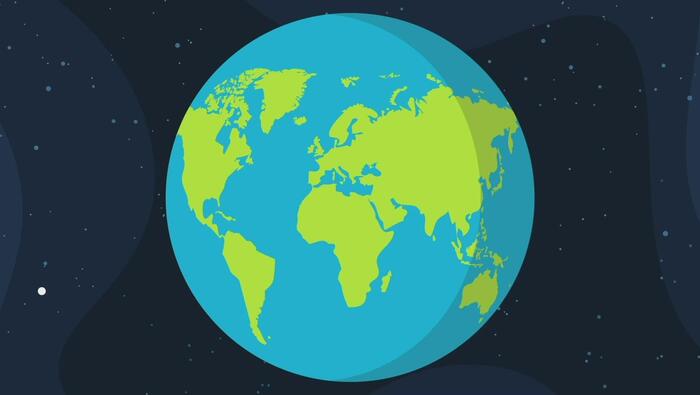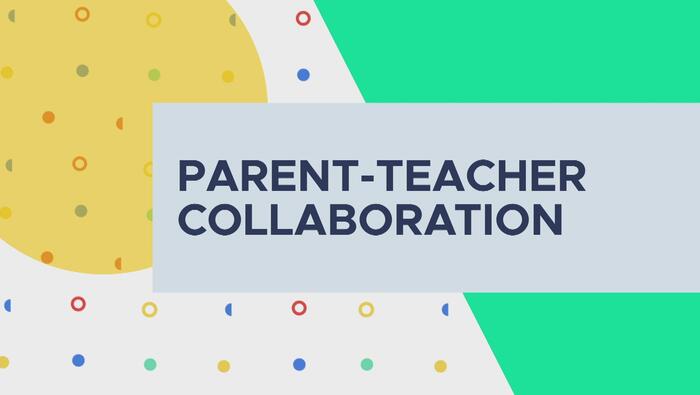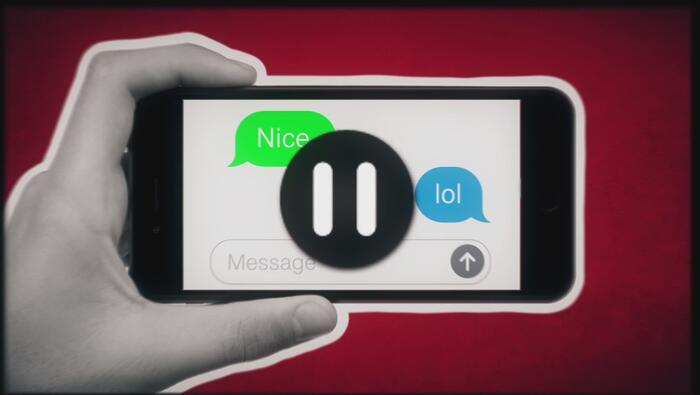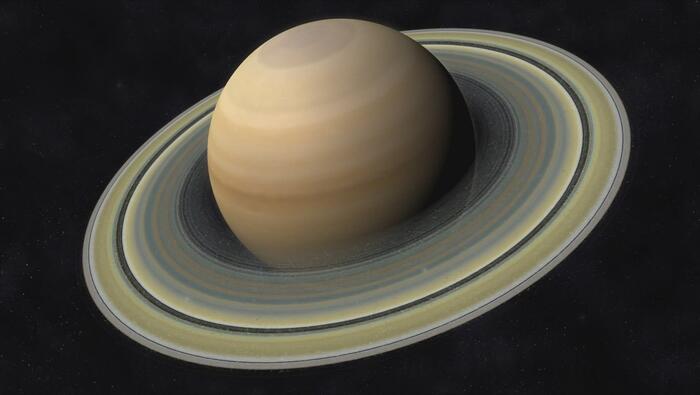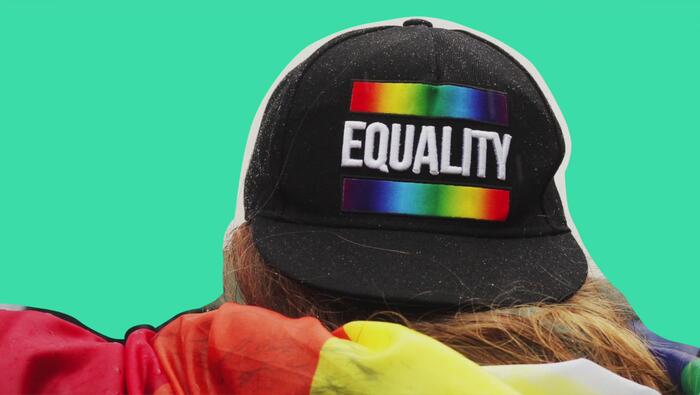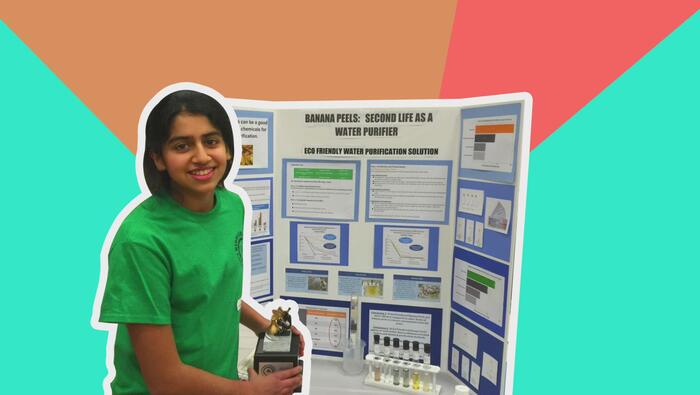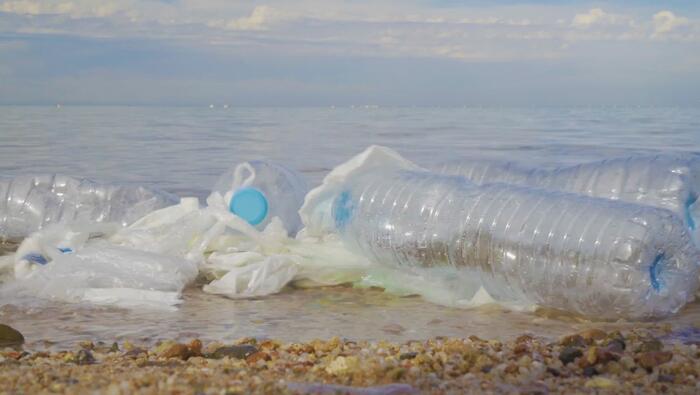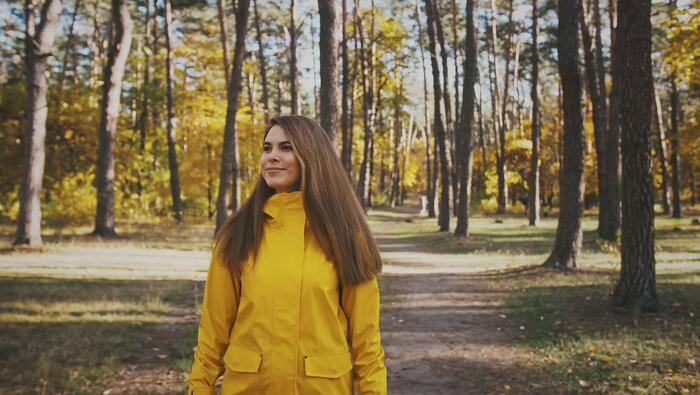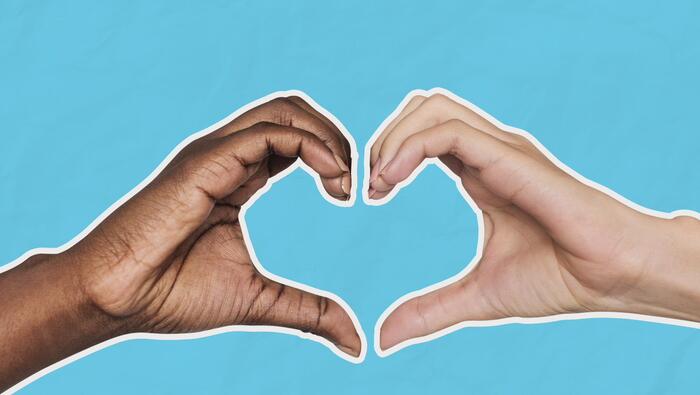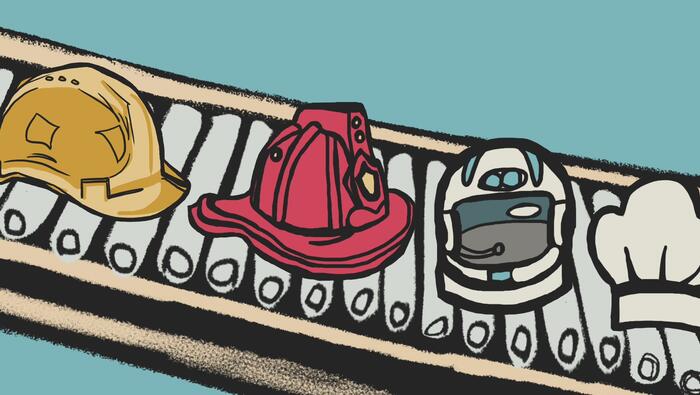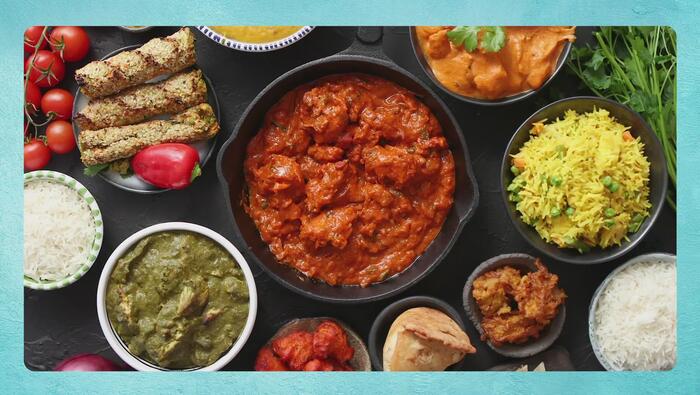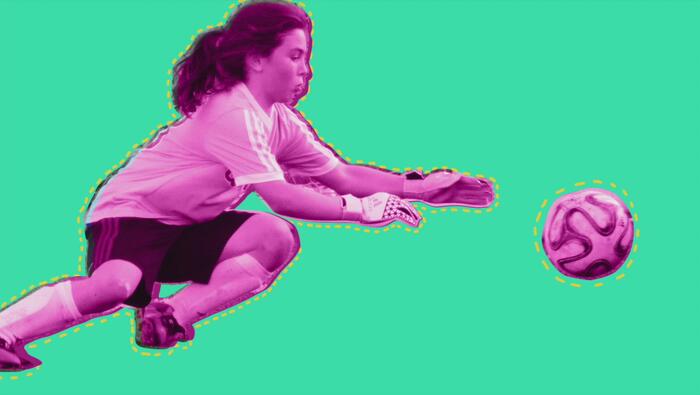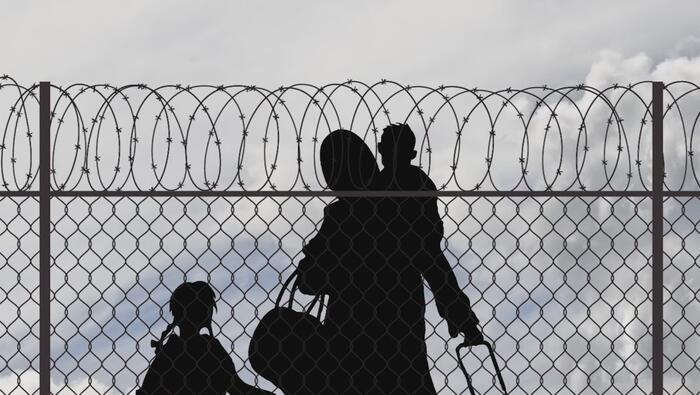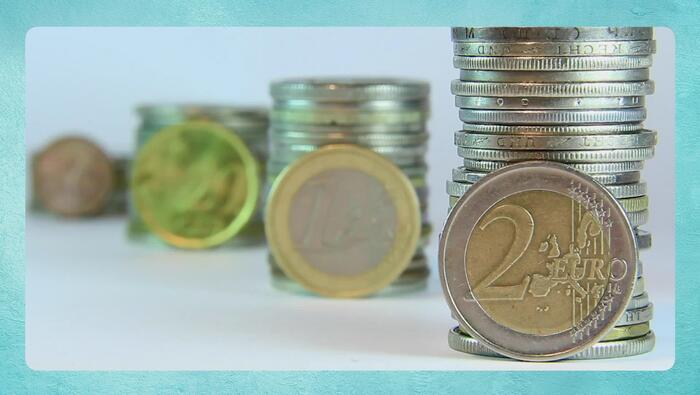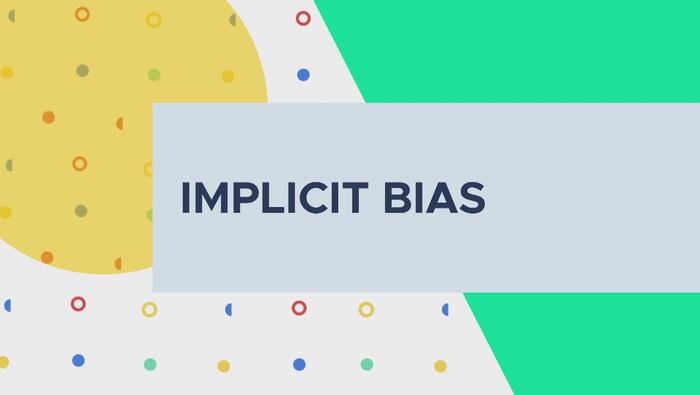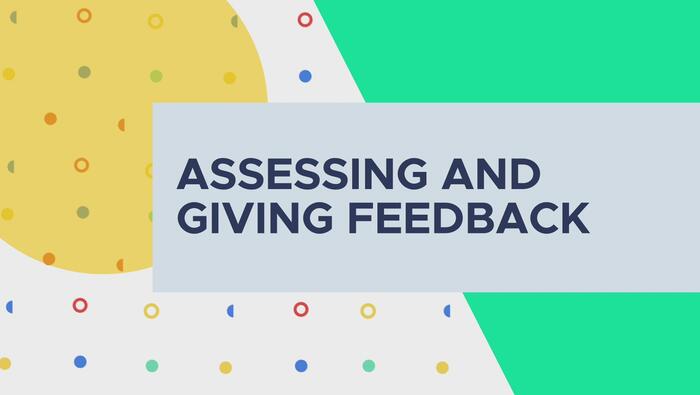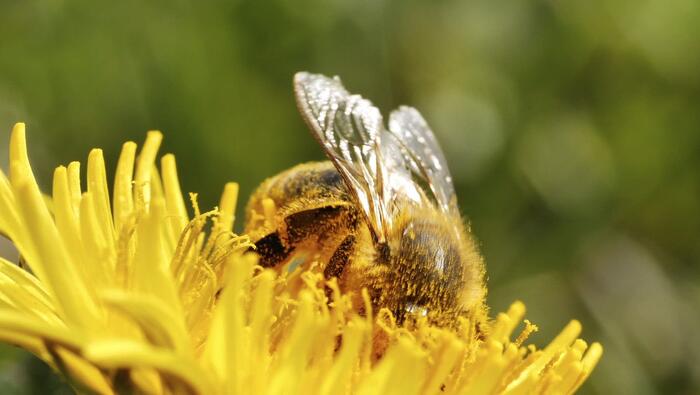
Ecosystem Services
Ecosystem services are essential gifts from nature, including food, clean air, water, and more. These services benefit both humans and all life on Earth. For instance, bees' pollination aids food growth, while wetlands store carbon and purify water. Protecting nature safeguards these vital services for our well-being and survival.
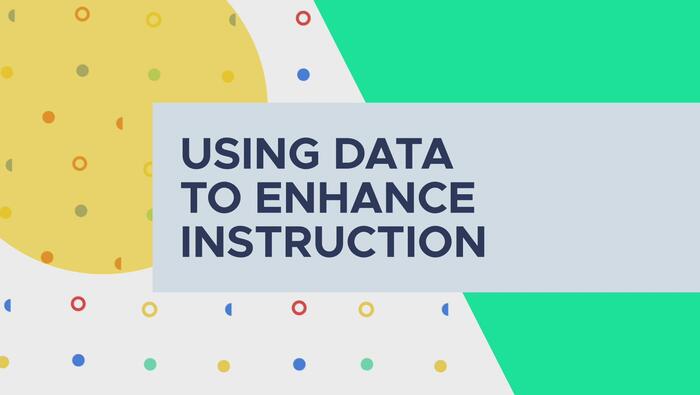
Using Data to Enhance Instruction
Data helps to inform teaching and address areas that may require reinforcement or intervention. Classroom data is much more than just test scores. Find out all the different types of data we can collect in the classroom and learn strategies on how to use data to enhance instruction.

Special Relationships
All living things adapt to their homes, developing special traits over millions of years. Some creatures team up for mutual benefits, like clownfish and sea anemones. Others, like cattle and egrets, have a one-way friendship, while predators like lions and pythons eat their prey. These varied relationships support life on Earth.

How and Why Do Countries Share and Trade Resources?
The global community is built on trade. Countries exchange goods and resources with other countries who have what they need, but when nations trade, they also exchange ideas and build relationships. What would life be like if nations didn’t trade with each other?

Biomimicry
Nature offers valuable lessons through biomimicry. Scientists and engineers study how animals and plants function, then mimic their smart designs to solve problems. For instance, velcro was inspired by burrs, and the Kingfisher's beak shape improved the Japanese bullet train. Even wind turbine blades imitate a humpback whale's fin for efficiency. Nature holds endless wisdom if we observe closely.
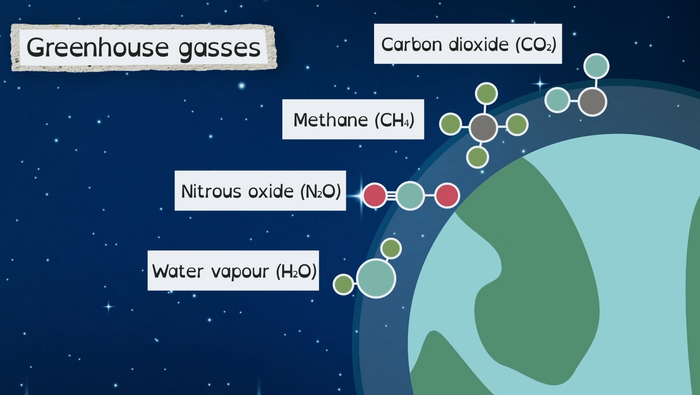
The Greenhouse Effect
The Greenhouse Effect is Earth's natural temperature regulation system, consisting of greenhouse gases like carbon dioxide. It traps heat from the sun during the day and maintains warmth at night. Human activities, like burning fossil fuels, disrupt this balance, causing global warming and climate instability.
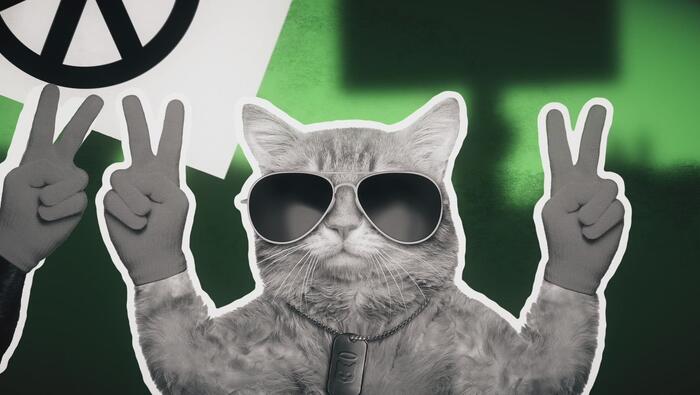
Why Do People and Nations Go to War? When is War Justified?
Nations can go to war for just causes, such as invasion, retaliation or human rights violations. But if nations go to war without consulting other nations, that can be illegal too. Are there any circumstances in which you think war is justified?

Building Your Own Community of Practice
Communities are crucial in supporting teachers in their professional practice and wellbeing. It enables teachers to receive constructive feedback, peer-learning opportunities, and fostering positive relationships with the wider community. Here are some strategies to help build your own community of practice.
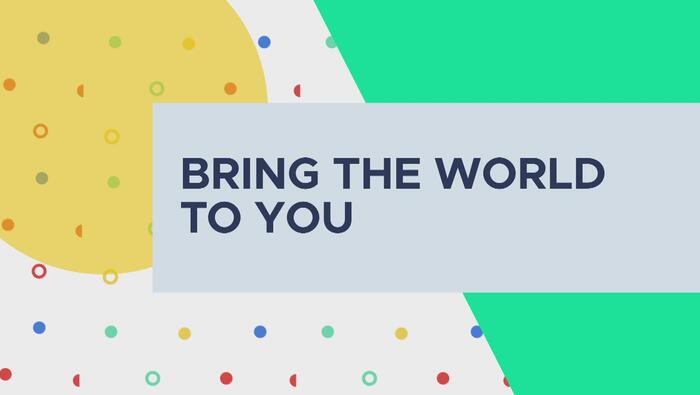
Bring the World to You
Teachers can use appropriate educational technology to connect with other classrooms around the world. This raises students' global awareness and stimulates their interests and engagement in learning. Discover some strategies on how to use technology to connect classrooms across schools, districts, and borders.
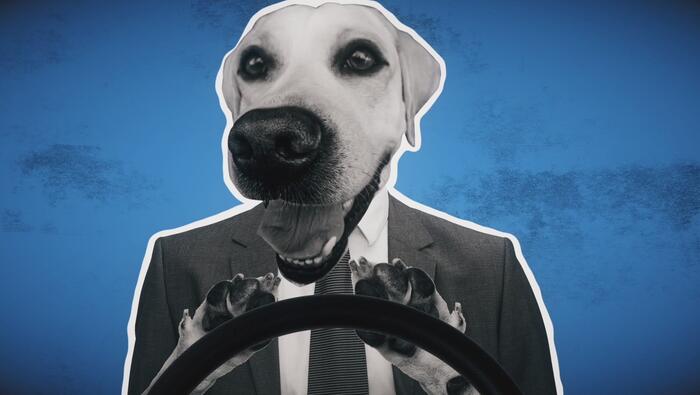
How Do People Make a Living All Over the World?
Cultures are changing all over the world, and so are the jobs that are available. There are jobs that only exist in certain places, and others that are being created thanks to the innovations of technology. But, how do people make a living around the world?
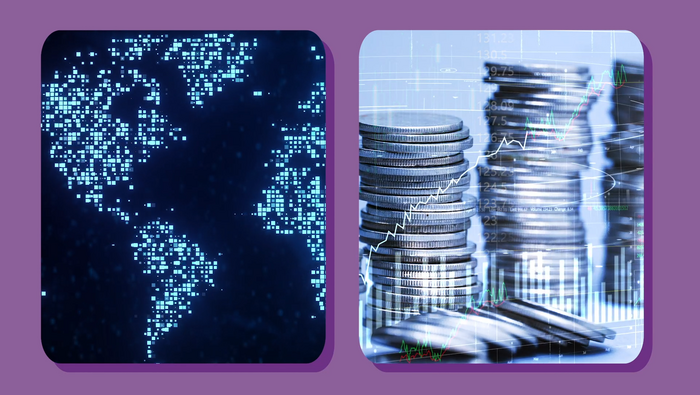
GDP vs Quality of Life Indicator
GDP per capita measures a country's money-making but it doesn't show the whole picture. Important factors like time with family, health, and clean air matter too. New indicators like GPI and HDI look at these factors for a better view of a country's progress. A high GDP can be good, but it doesn't guarantee a good quality of life for everyone or a healthy environment. We need to consider more than just money to understand a country's development.

The Origin of Natural Materials
Natural materials like wood, water, and plastic don't vanish from Earth. Gravity is the force holding them here. Wood burning turns into carbon dioxide, which trees use to grow. Everything on Earth, including waste, stays in a cycle - it doesn't disappear, it changes form.

The Cycle of Natural Materials
You can buy many items at the store, like baseball bats and bicycles, but have you ever thought about how they're made? Baseball bats are carved from renewable wood, sourced from forests. Bicycles use strong steel, which is mined from the ground and can be recycled. Plastics, like water bottles, come from limited oil and gas resources. It's important to recycle to use these materials again, rather than wasting them.
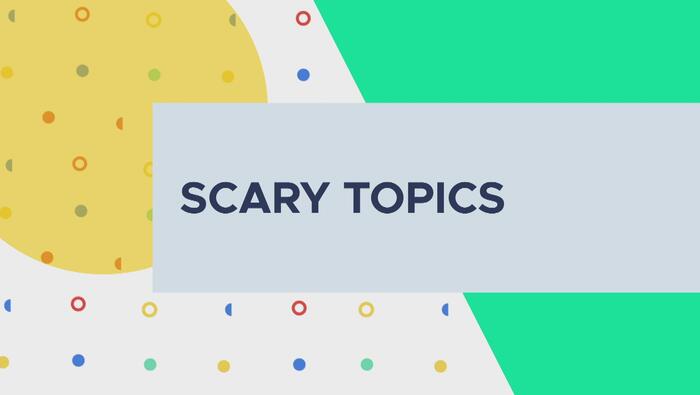
Scary Topics
There are many controversial and 'scary' topics that some teachers may choose to avoid in order to minimize the risks. However, there are strategies that teachers can adopt to introduce and discuss these topics by making them more digestible and manageable in the classroom. Here are some practical ways to talk about scary, complicated or controversial topics in the classroom.
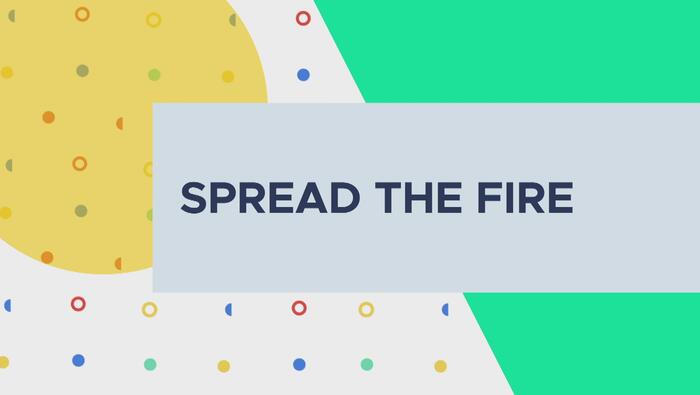
Spread the Fire
Action-driven learning should also apply to teachers by sharing and showcasing different approaches to instructional practice. Building a collaborative network with other teachers can provide moral support and also inspire students. Find out ways to spread the fire and build an action-driven learning environment.
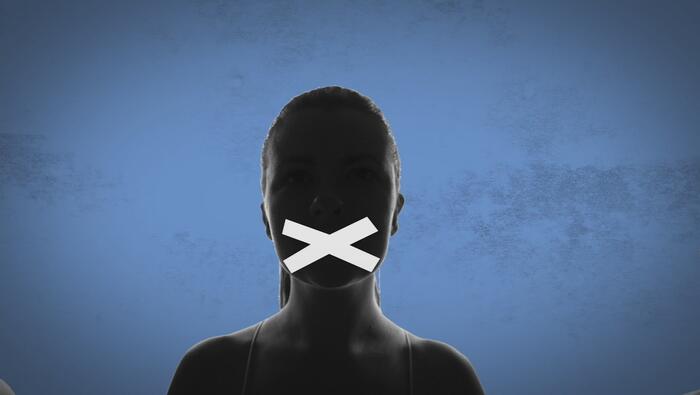
How Can a Government Truly Represent All of Its People?
Today, trust in democracy is at an all-time low, the promises that leaders make aren’t always fulfilled. Through growing populations, lack of representation, and ineligibility to vote, how can a democracy represent every one of its citizens, going forward?
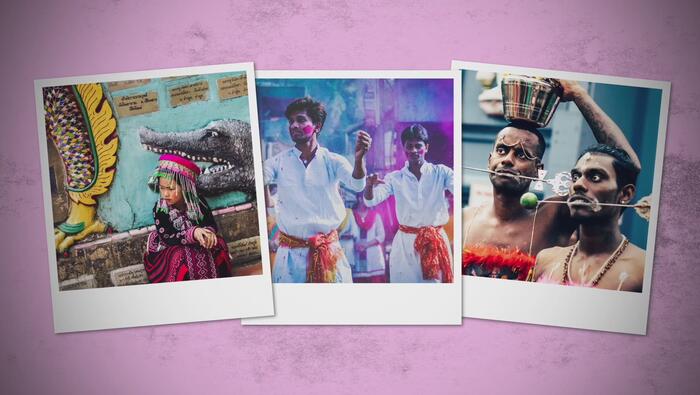
How Do You Appreciate a Culture That’s Not Your Own?
Cultural appropriation stems from a lack of understanding of how to effectively appreciate culture. However, in order to fully appreciate a culture that’s not your own, it’s worth digging a little deeper to understand where that culture comes from.

The Lifecycle Of a Car
Cars are constructed from metal, sourced from rocks known as iron ore. Assembly lines, equipped with machines, piece them together. When cars age, they can be recycled, contributing to the creation of new items like new cars or bicycles, a sustainable method to repurpose valuable Earth materials.
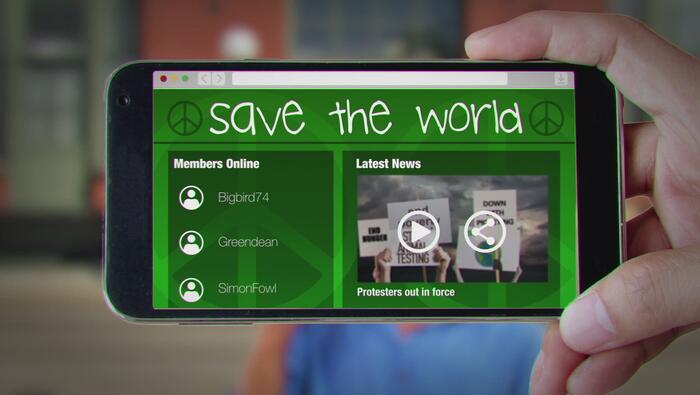
How Can You Use Technology to Become a More Active Global Citizen?
Today, the internet connects people all over the world instantly, but some people worry that technologies like the internet and TV are making us all more alike. How can we retain our individuality and help become better global citizens with technology?
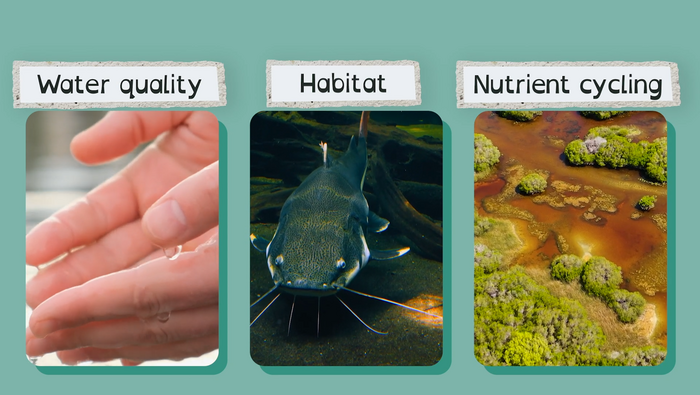
Healthy Systems
In nature, balance is crucial for living systems like forests, bodies, and predator-prey relationships. River systems also rely on balance, where input (rainfall) should match output. If not, it can lead to issues like flooding. Human actions, like deforestation and damming rivers, can disrupt this balance and affect the river's ability to support life. These natural limits help manage important resources and delicate ecosystems.

Adapting Resources
Learning resources might sometimes be inappropriate for a certain age, learning abilities, cultures, or grade levels. Rather than reinventing the wheel, consider adapting it to fit the needs of your students. Here are some practical advices on how to adapt resources to use in every classroom.
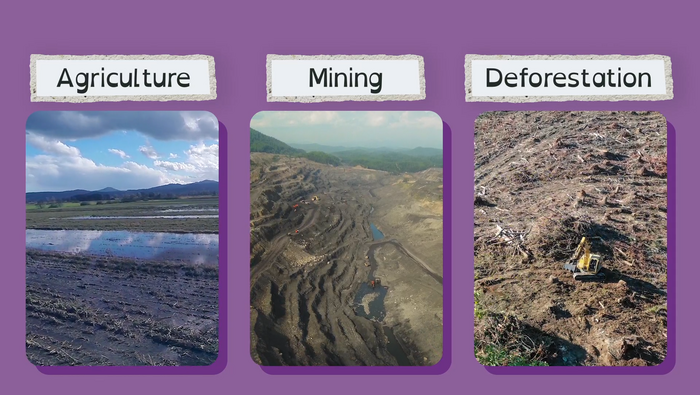
Reversing Climate Change
Climate change is a big problem caused by global warming. Planting more trees can help because trees absorb carbon dioxide, which is a major cause of global warming. Trees also prevent soil erosion and provide wood but there are challenges to consider, like which trees to plant and how long it takes to make a difference. Even though it's not easy, we should still try to find solutions to fight climate change.
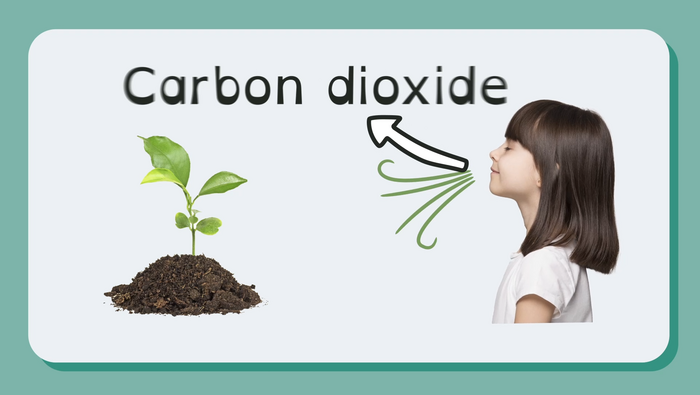
The Web of Life
The Earth supplies the essentials for human, animal, and plant life. We breathe air, which is made of different gases, including oxygen. Plants release oxygen, and we give them carbon dioxide. Water, rain, and healthy soil help plants grow. It's vital to care for our environment since we all rely on each other.

Problems vs Symptoms
Sometimes, it's hard to tell if something is a symptom or the real problem. Think of it like when you have a cold. Runny nose, fever, and headaches are symptoms, but the virus causing them is the real problem. Doctors treat the symptoms while your body fights the virus. In the same way, climate change shows signs like rising sea levels and more wildfires. But the real problem is global warming caused by the greenhouse effect. This effect is natural, but human activities release too many gases, like carbon dioxide, which traps extra heat on Earth. Scientists study these symptoms to find solutions, like a doctor treats a sick patient.
